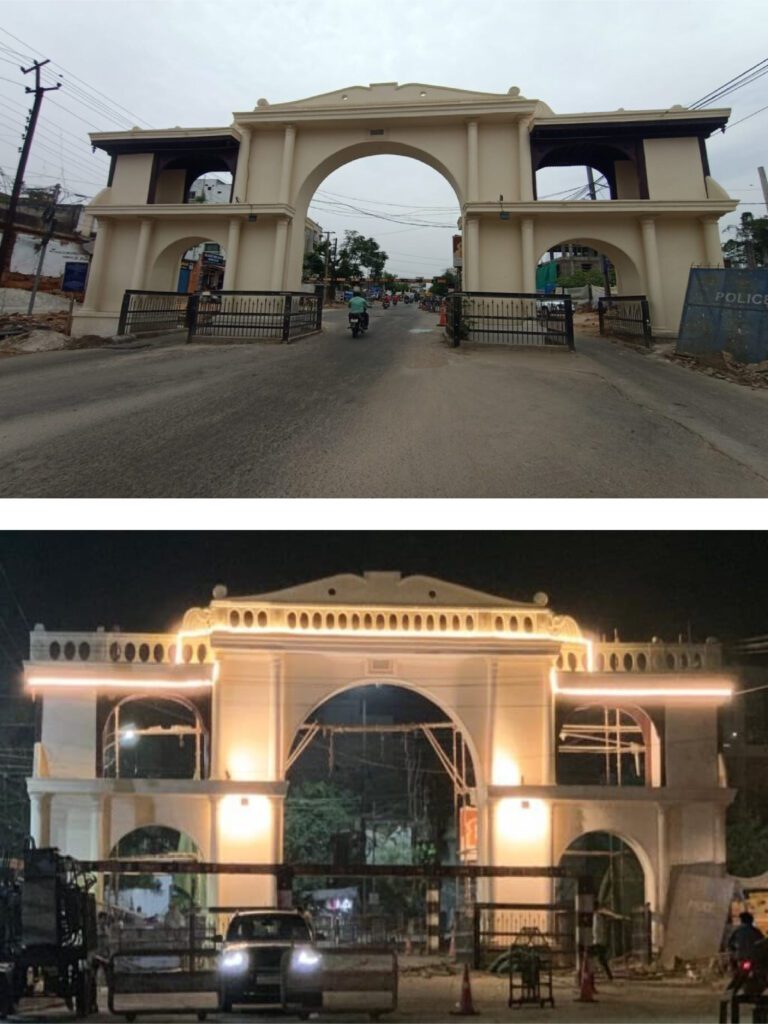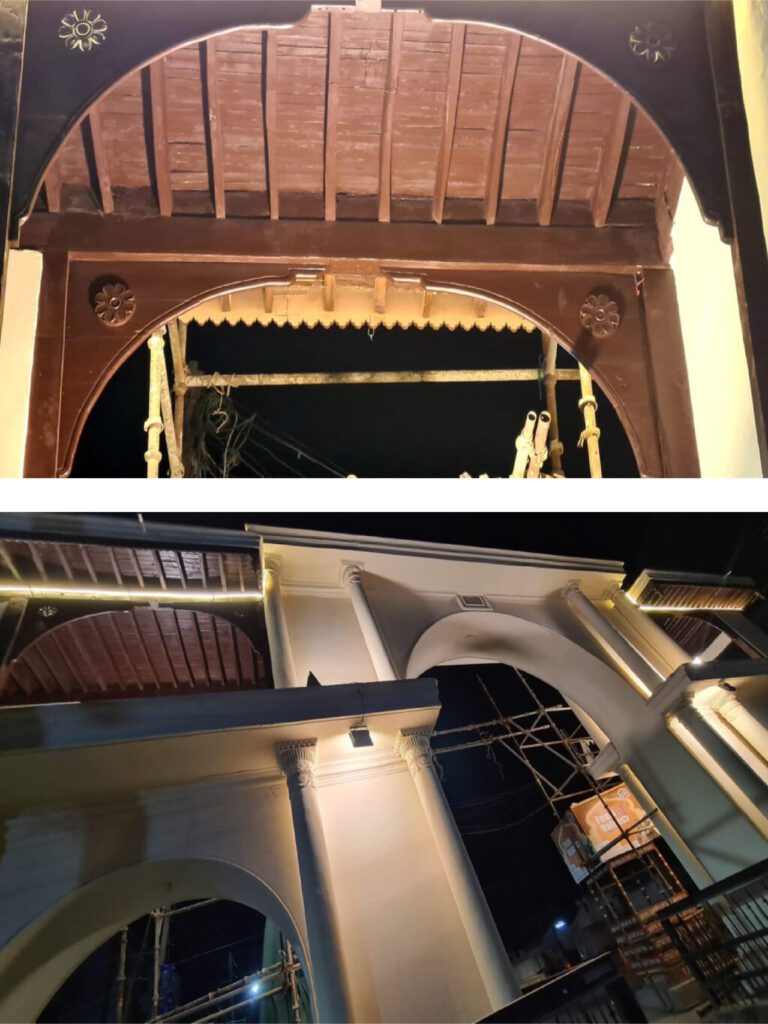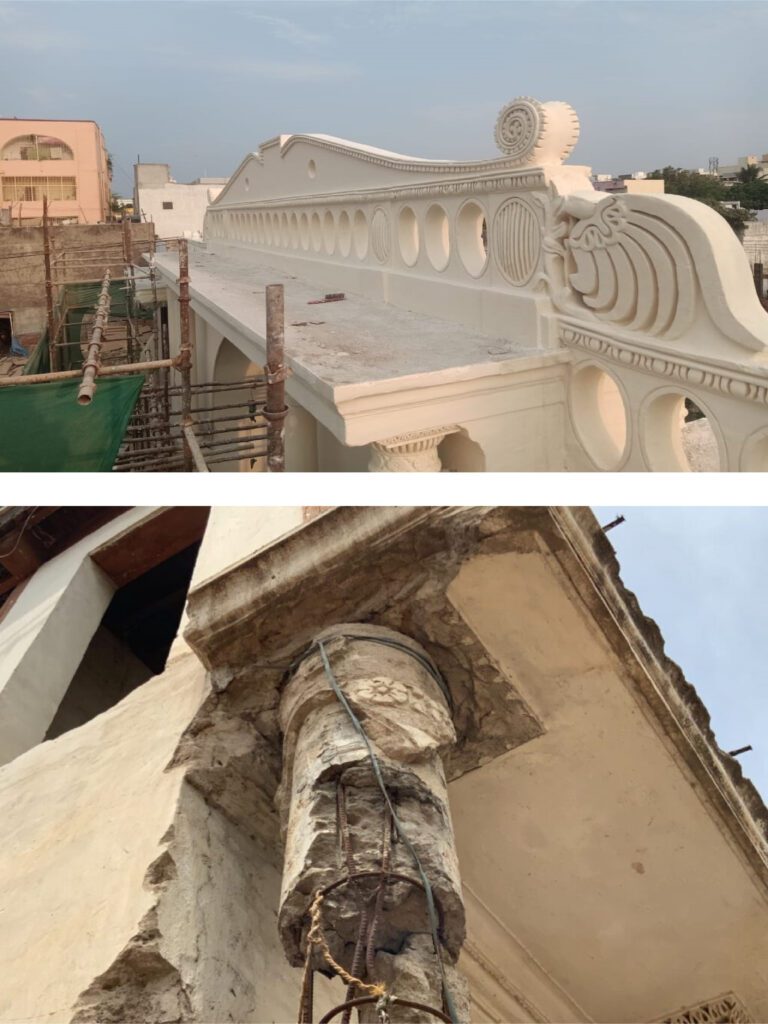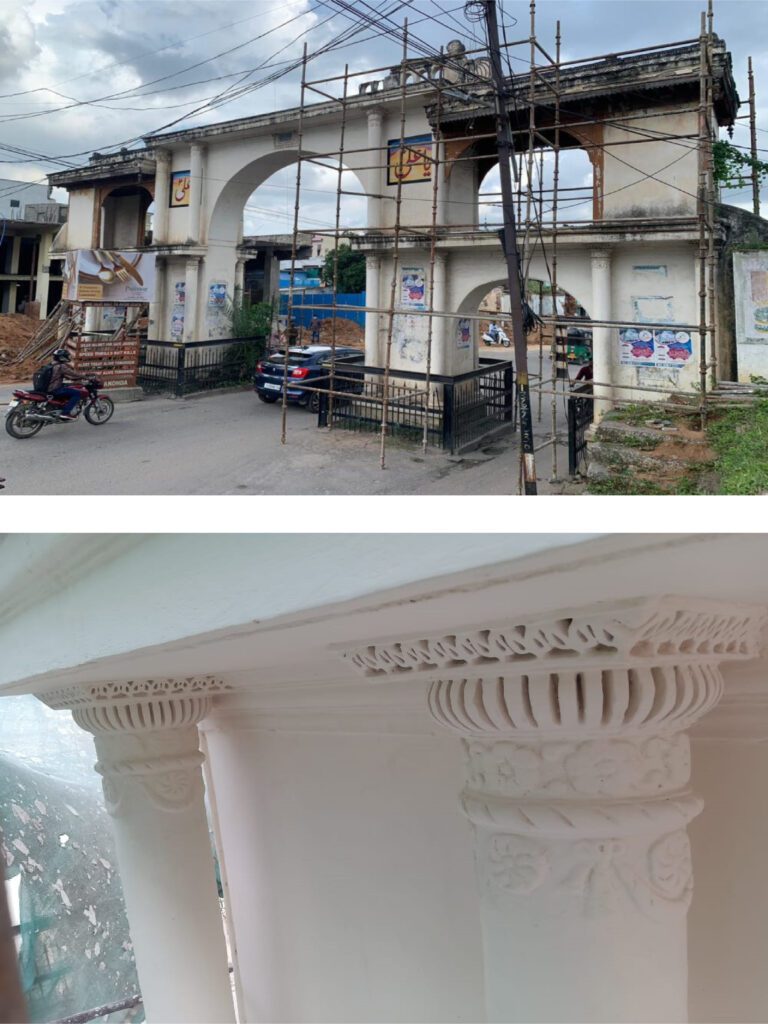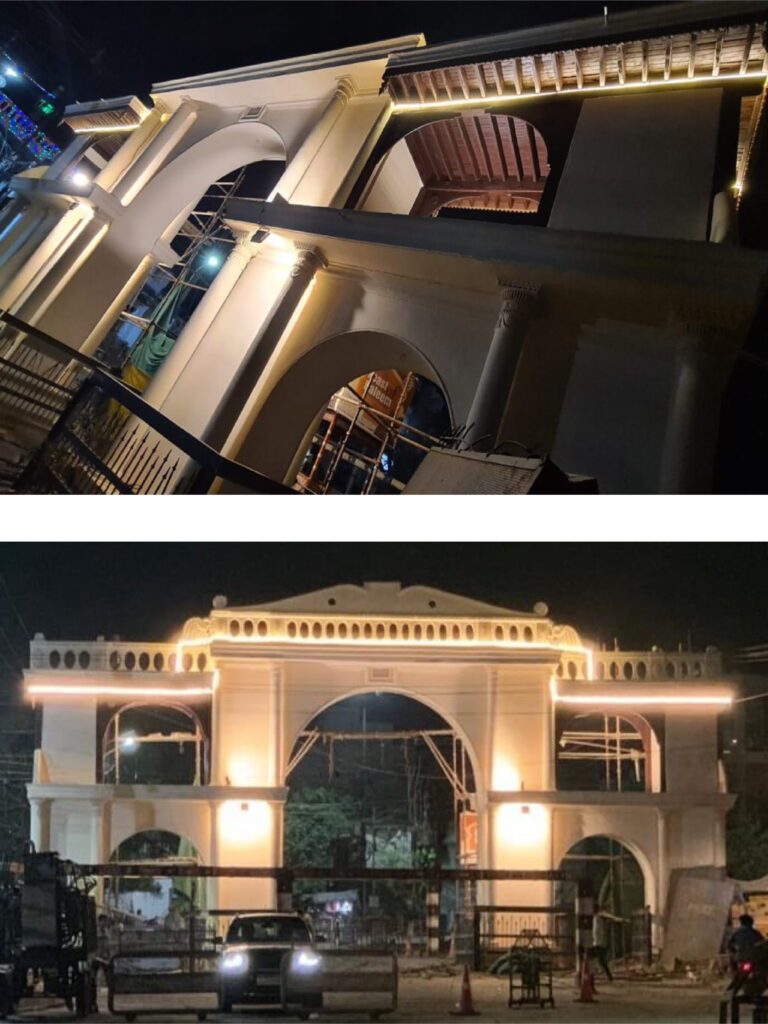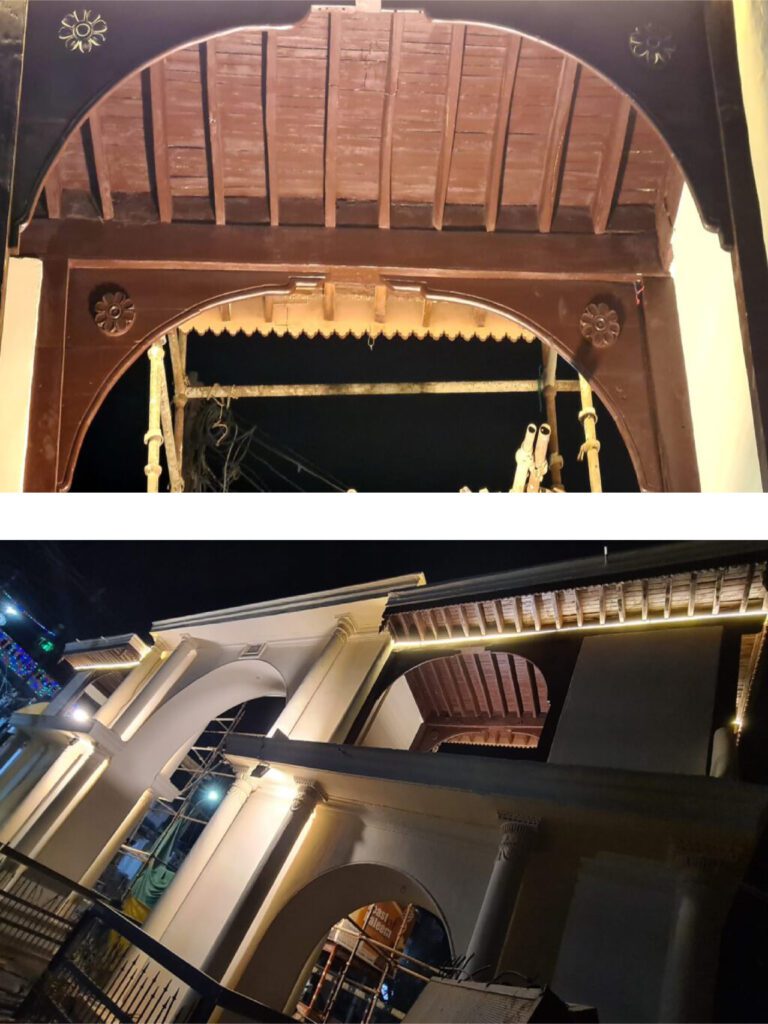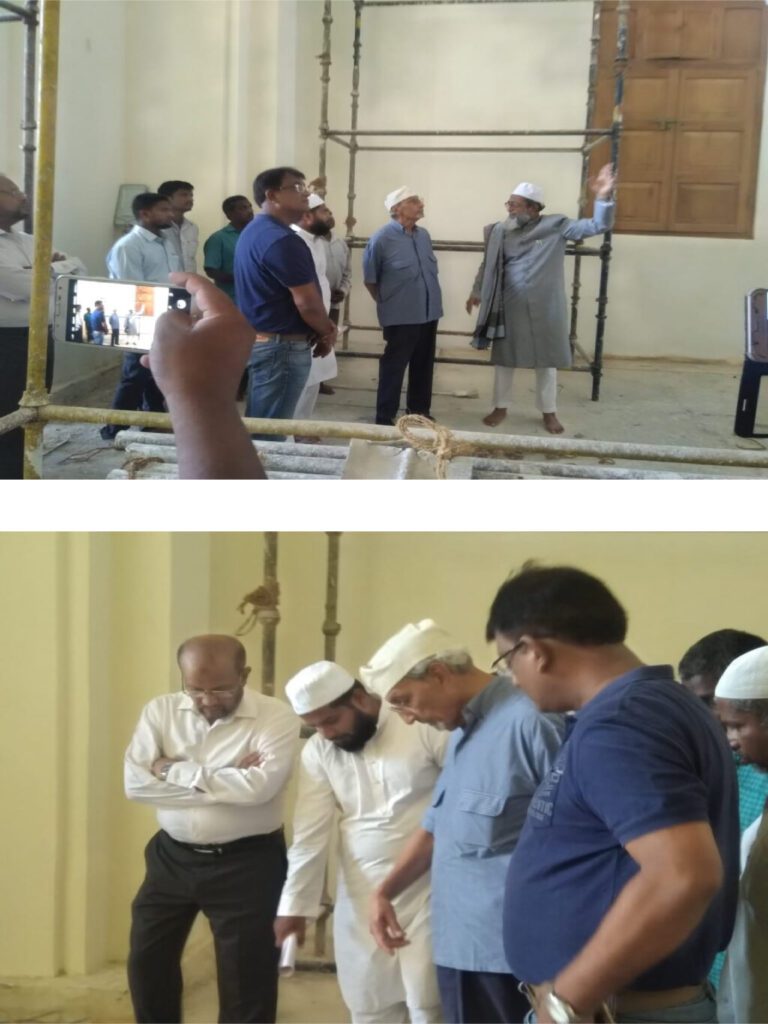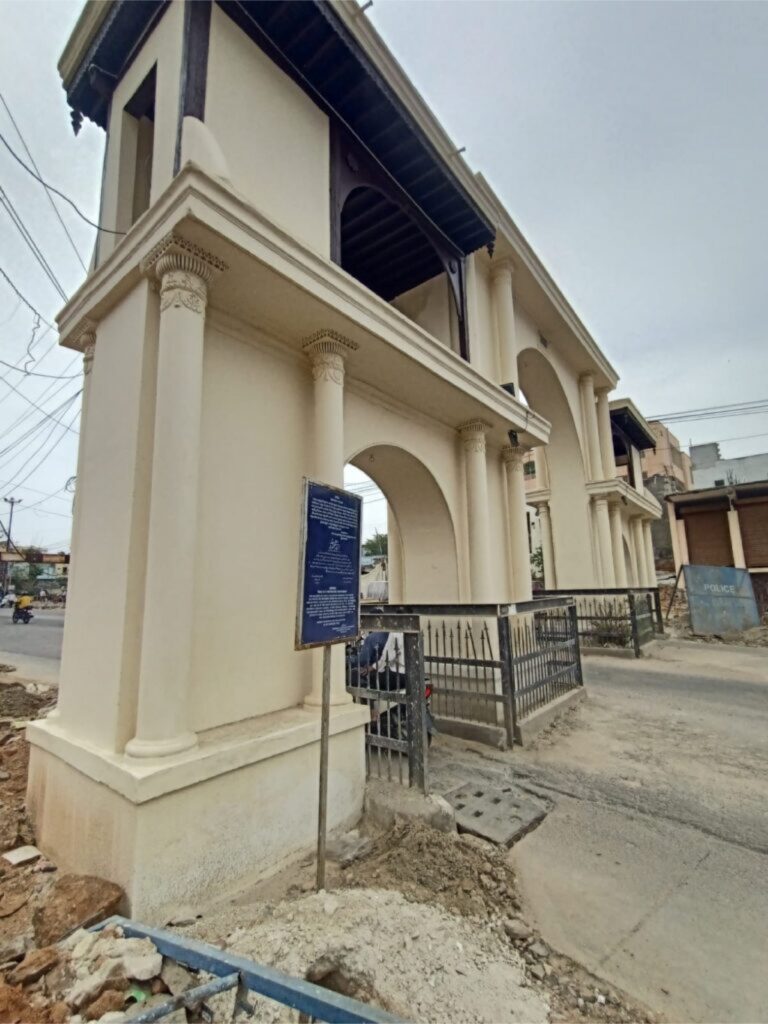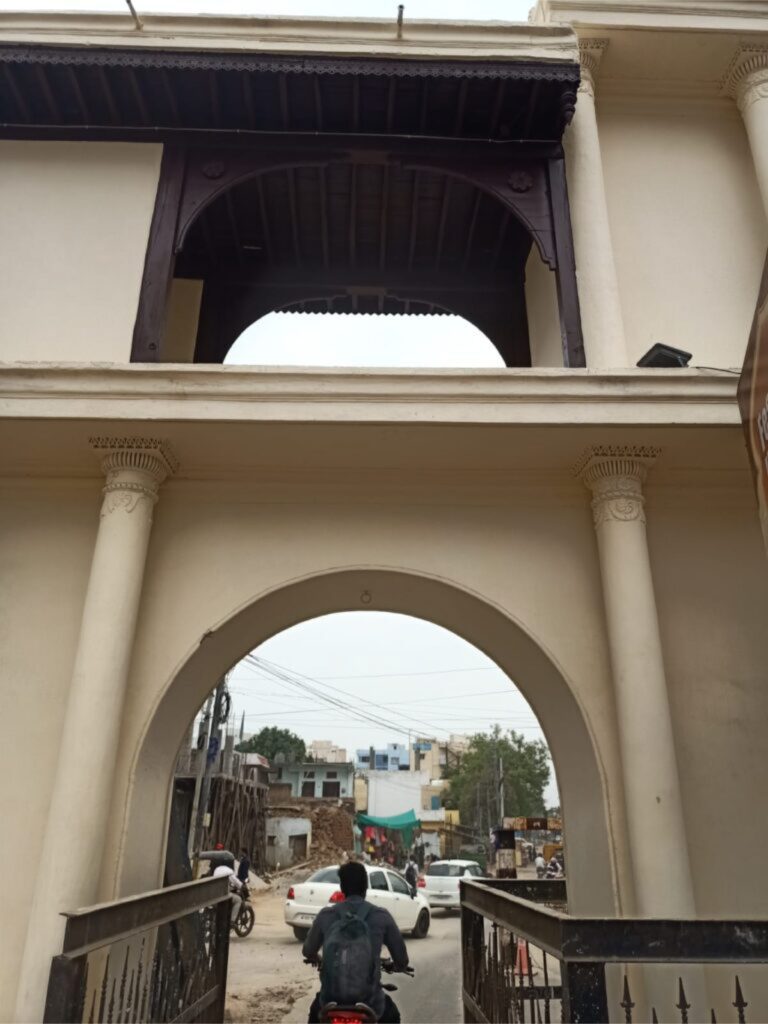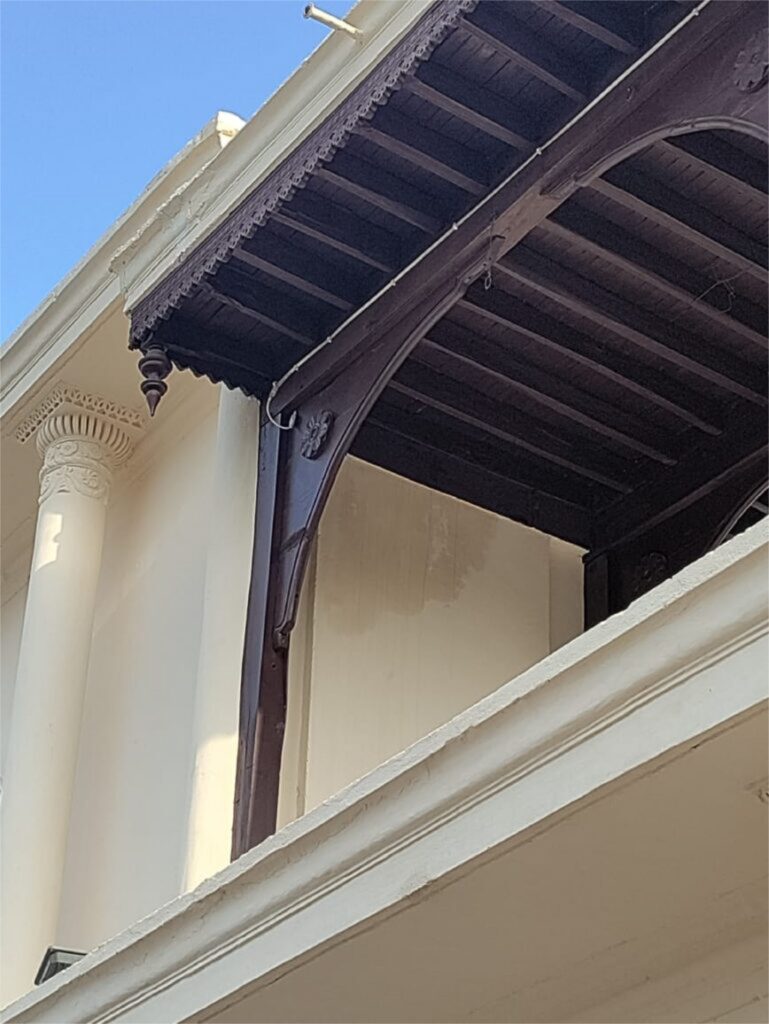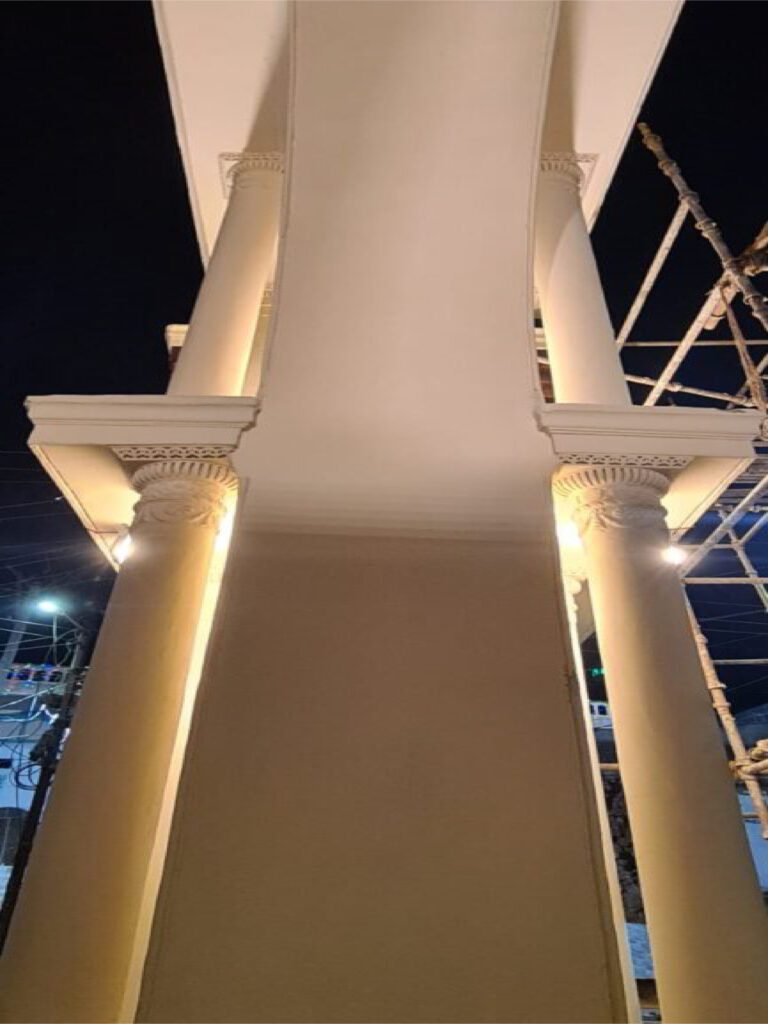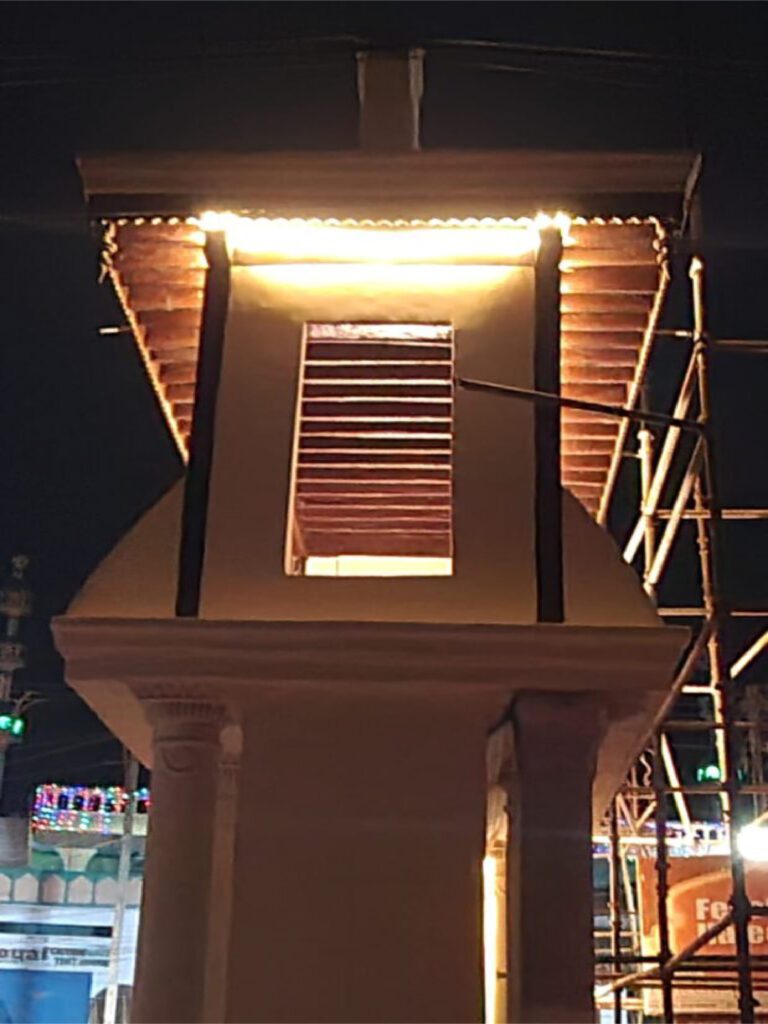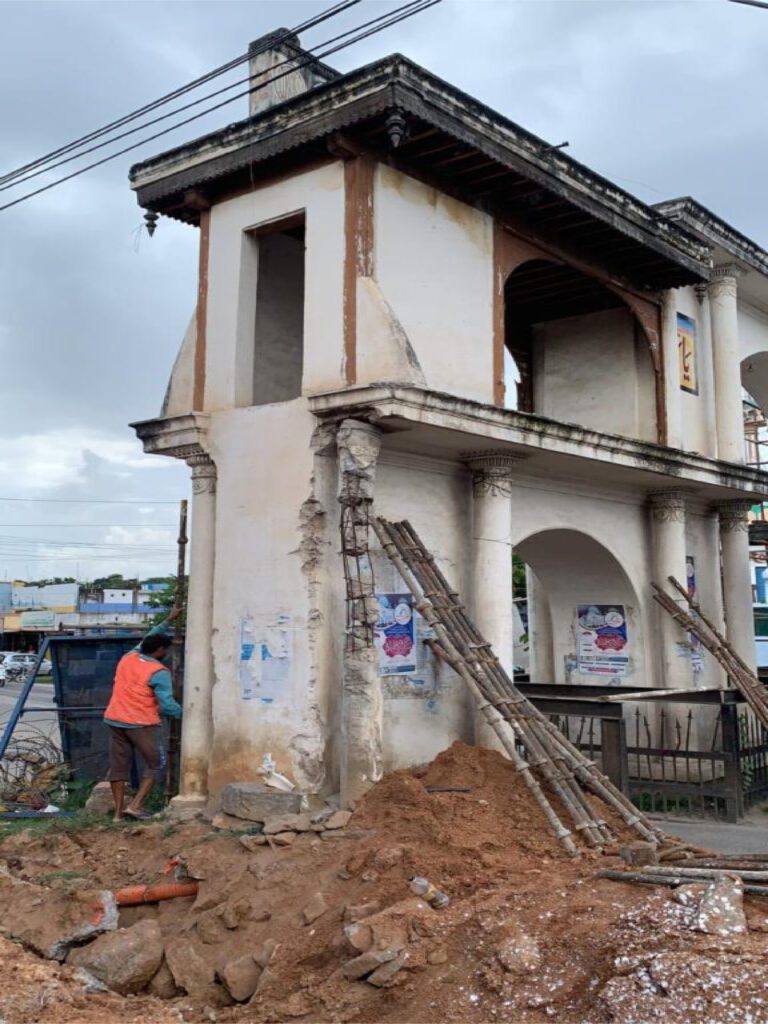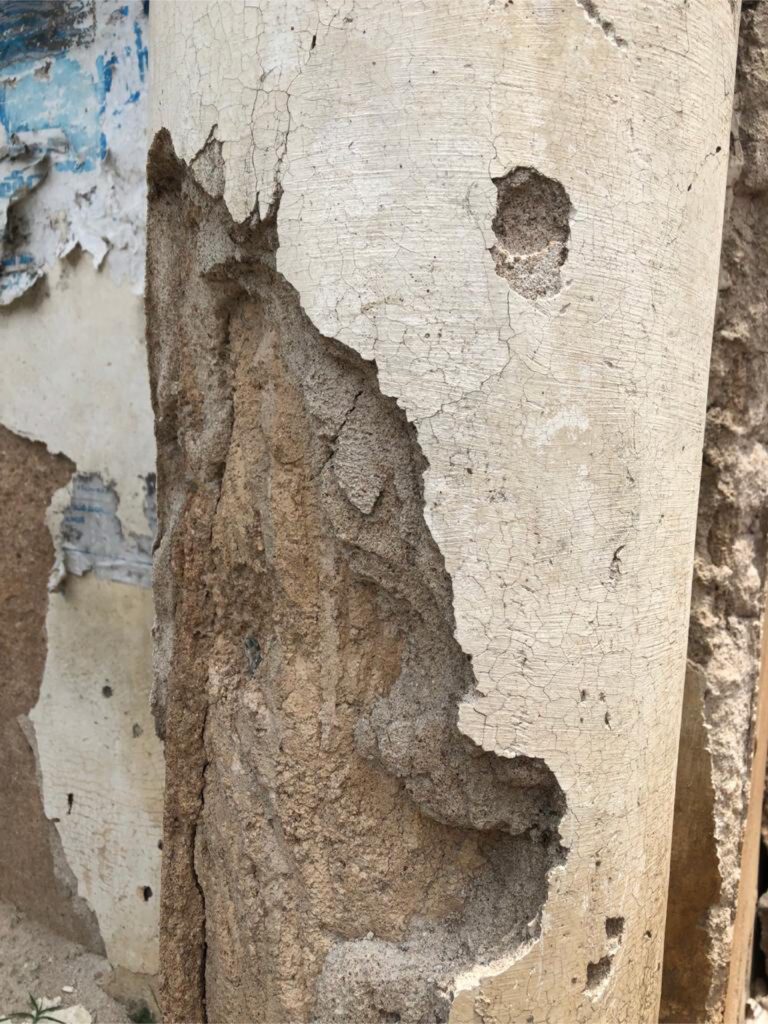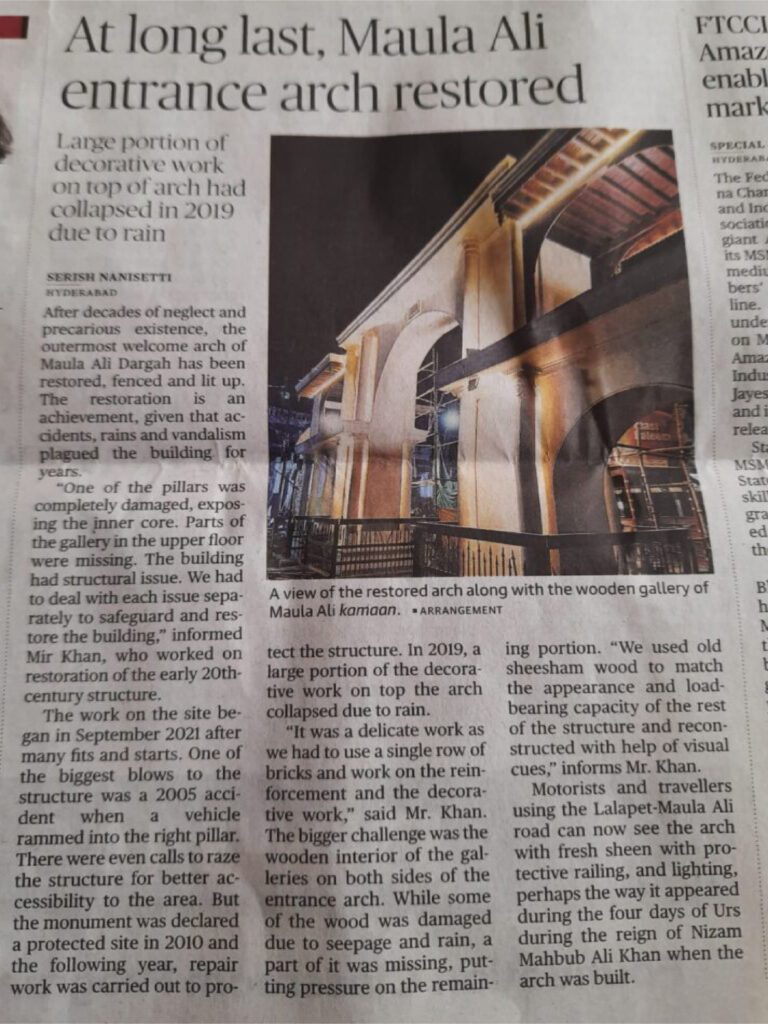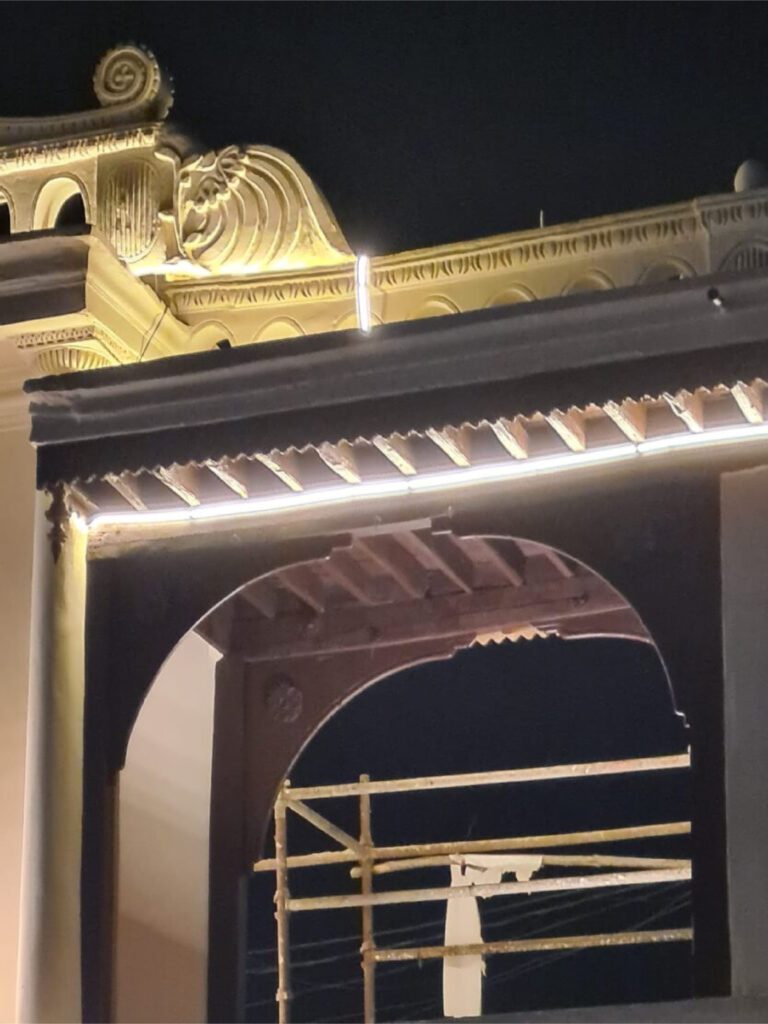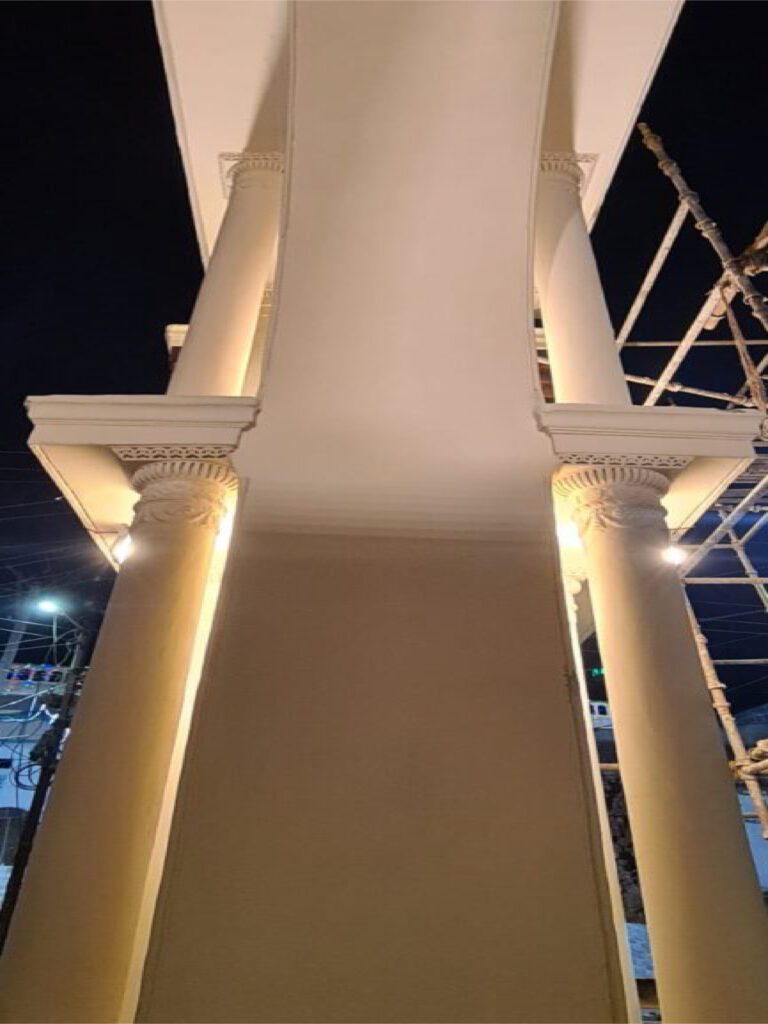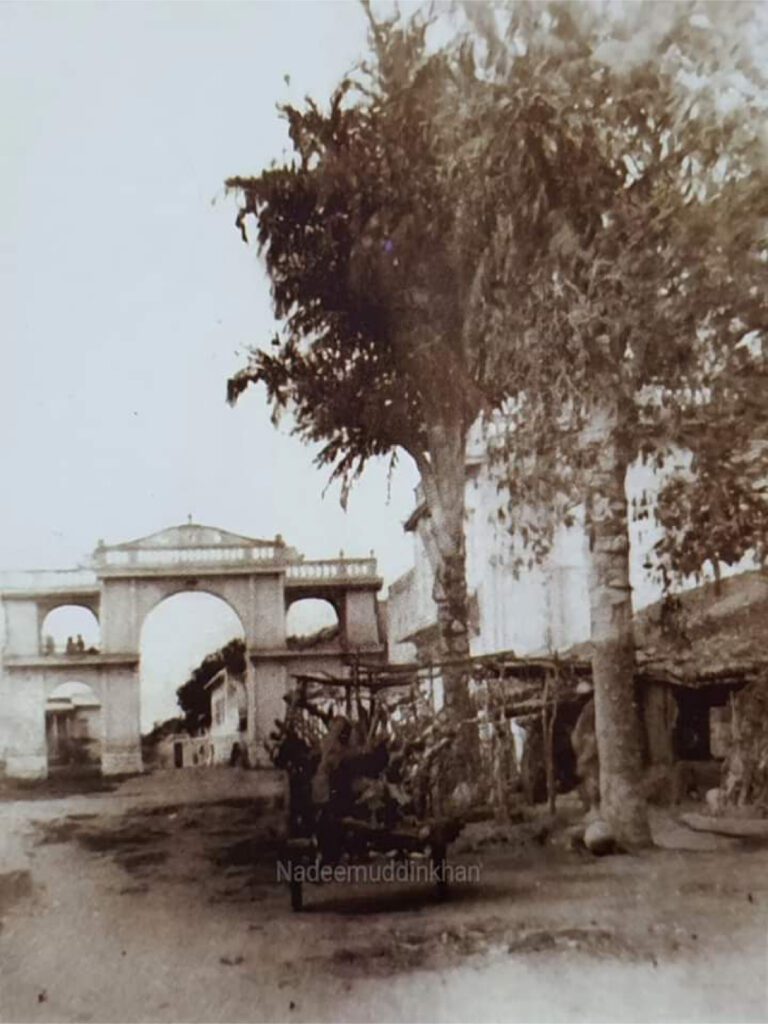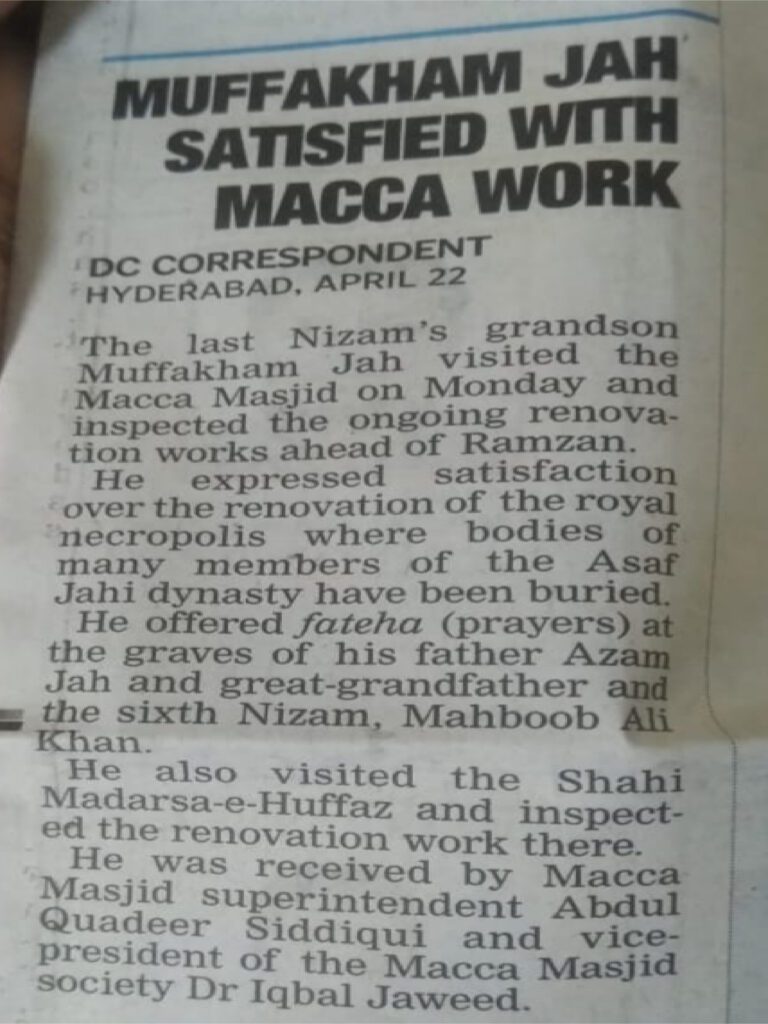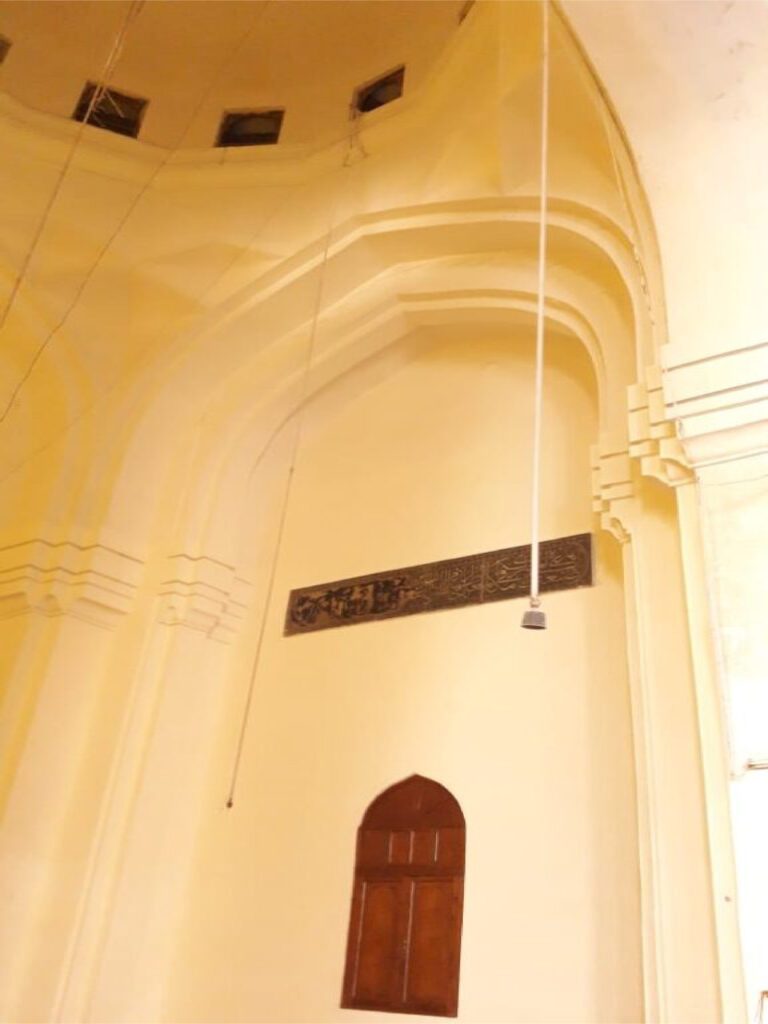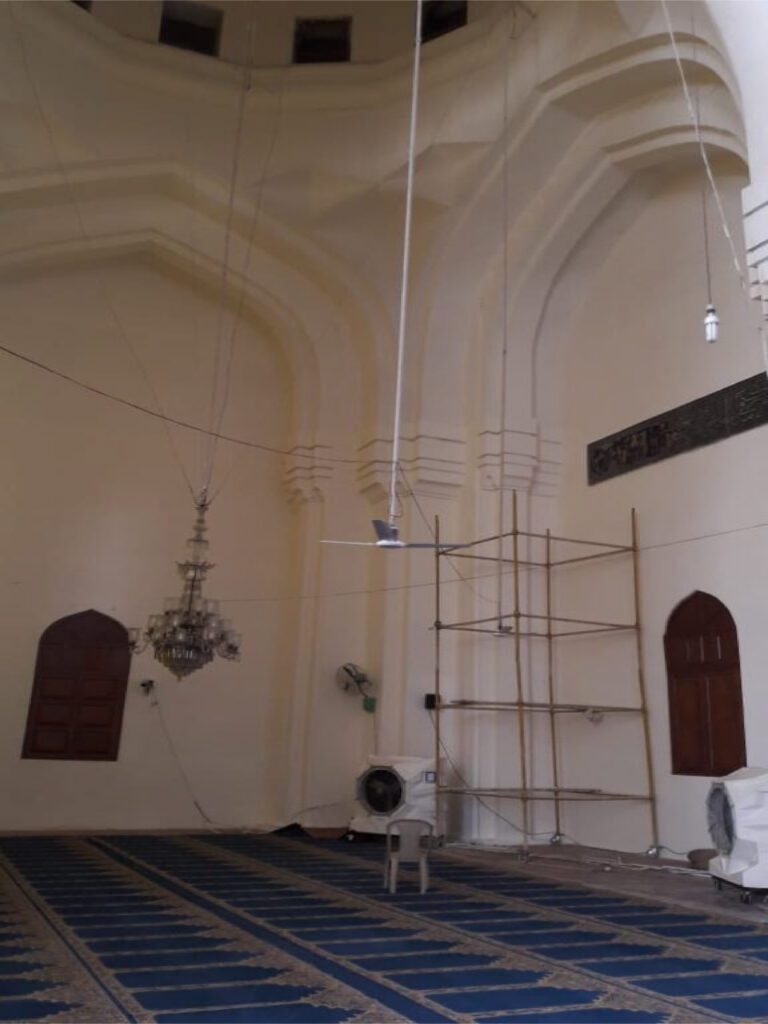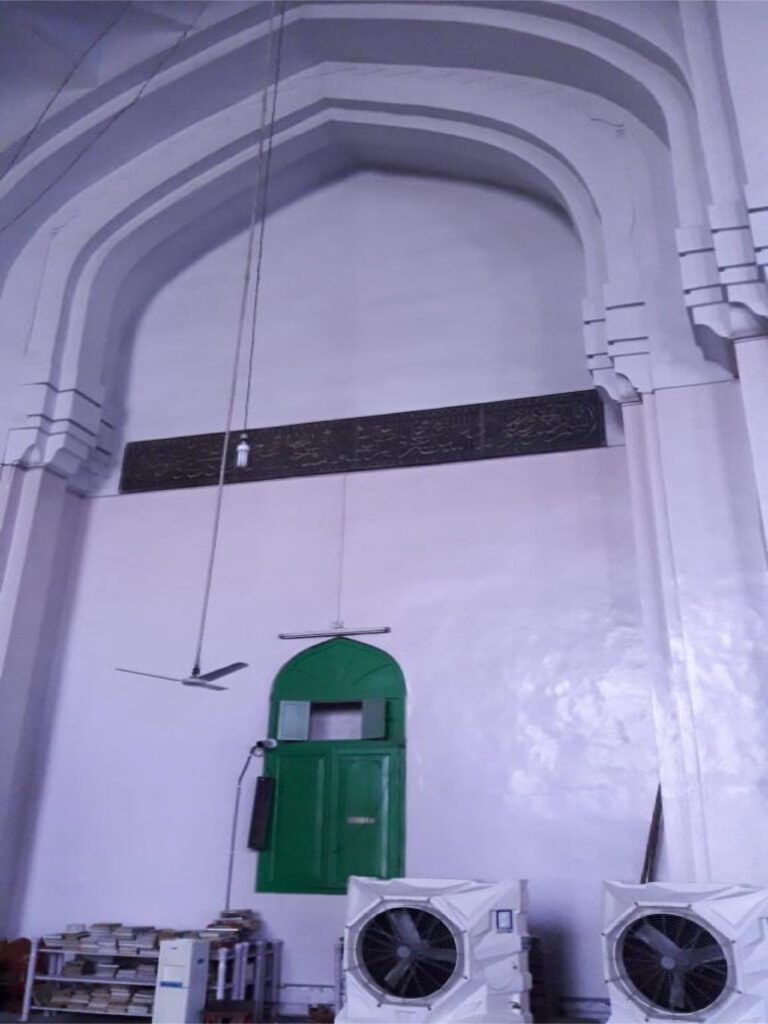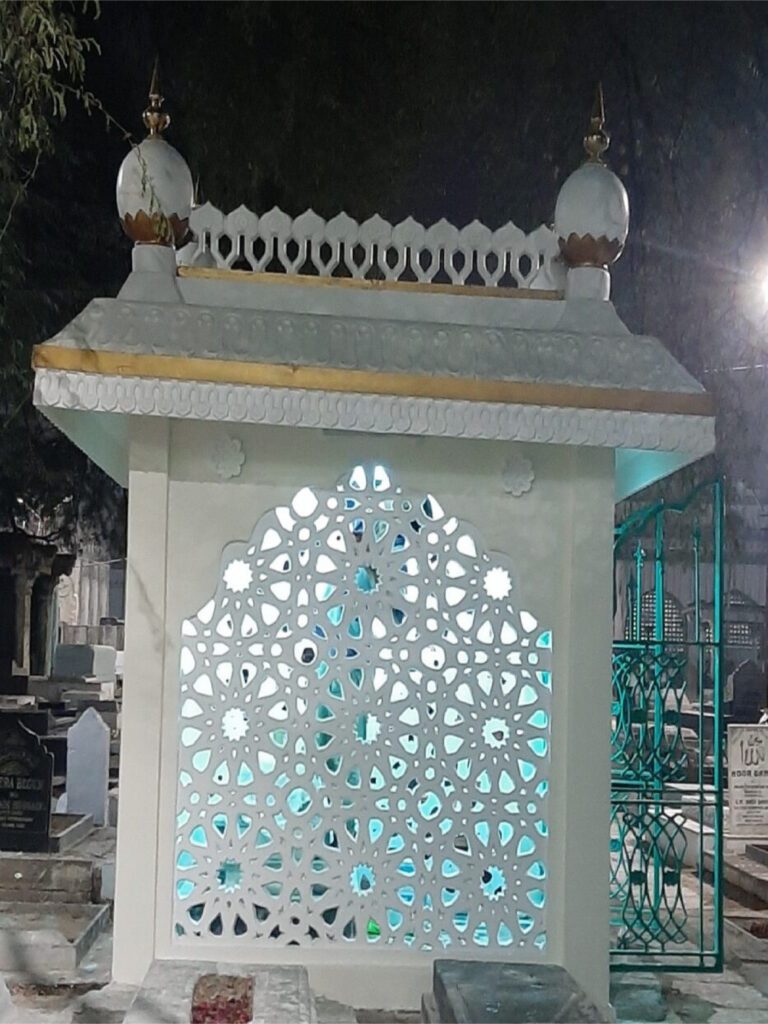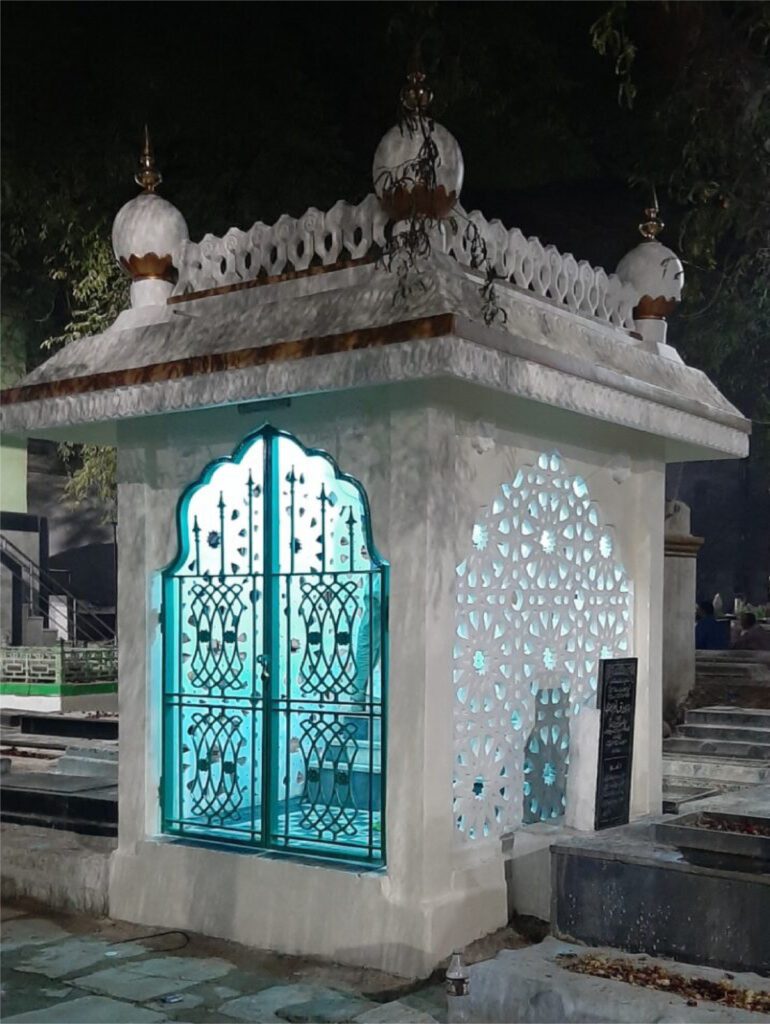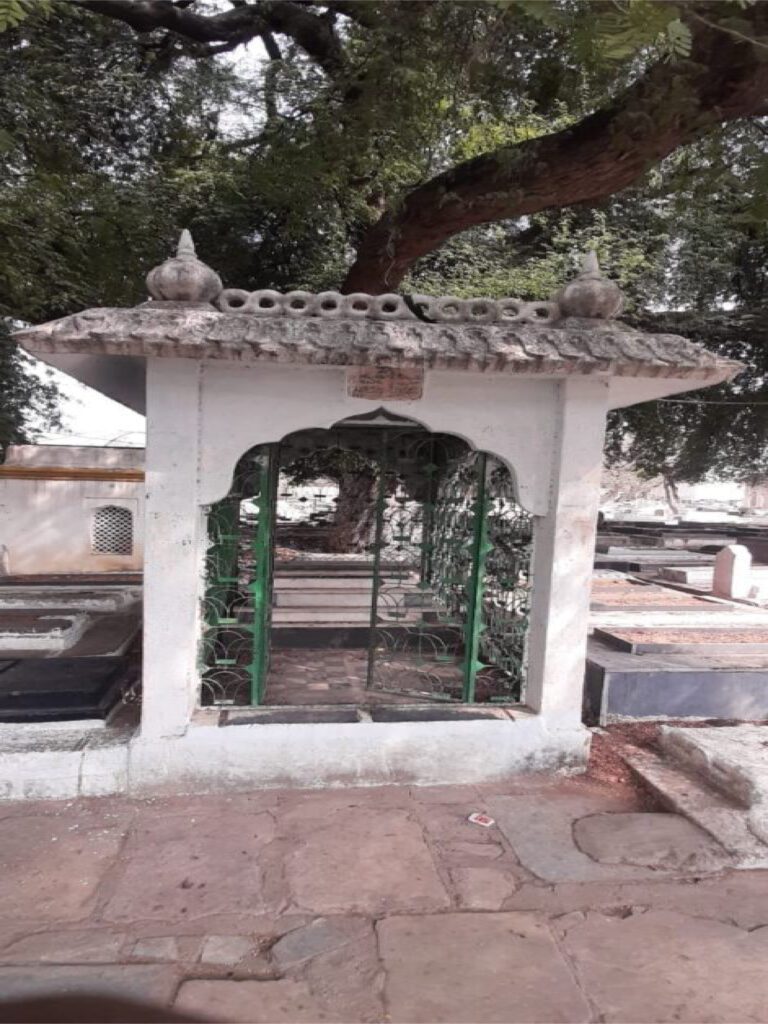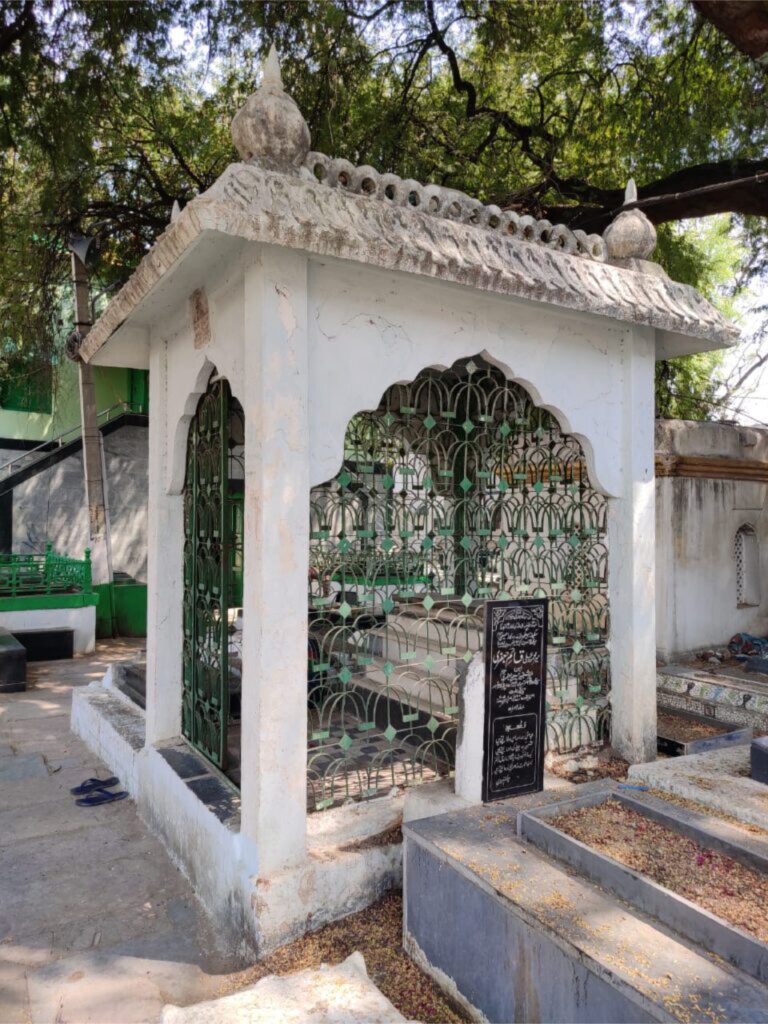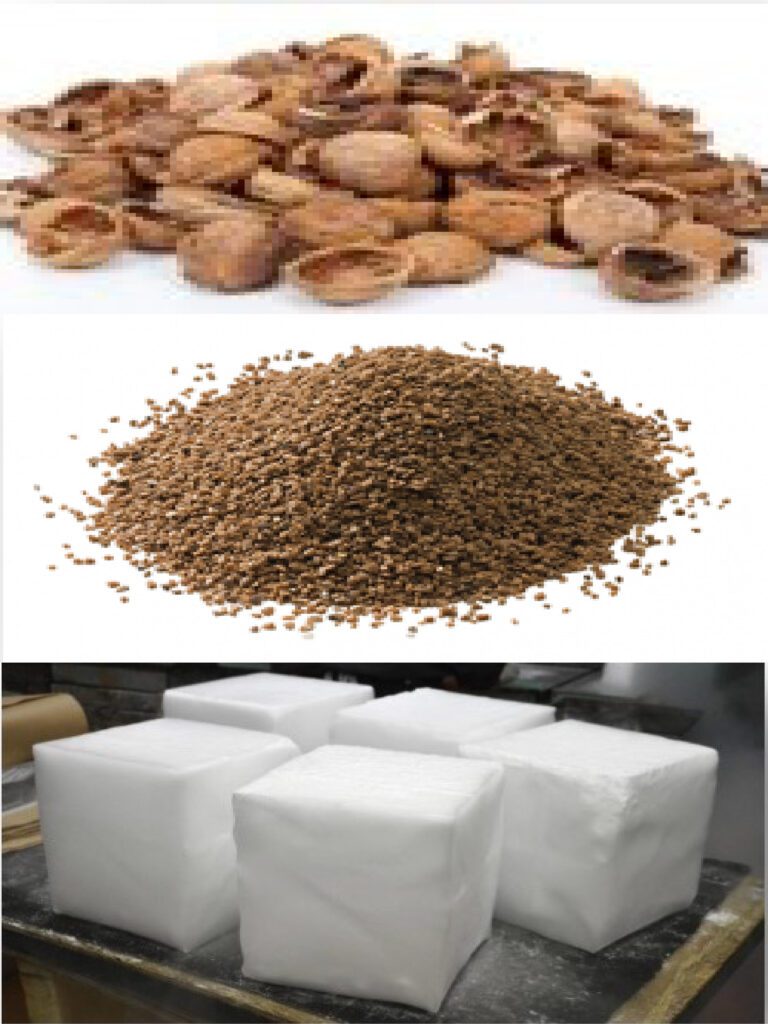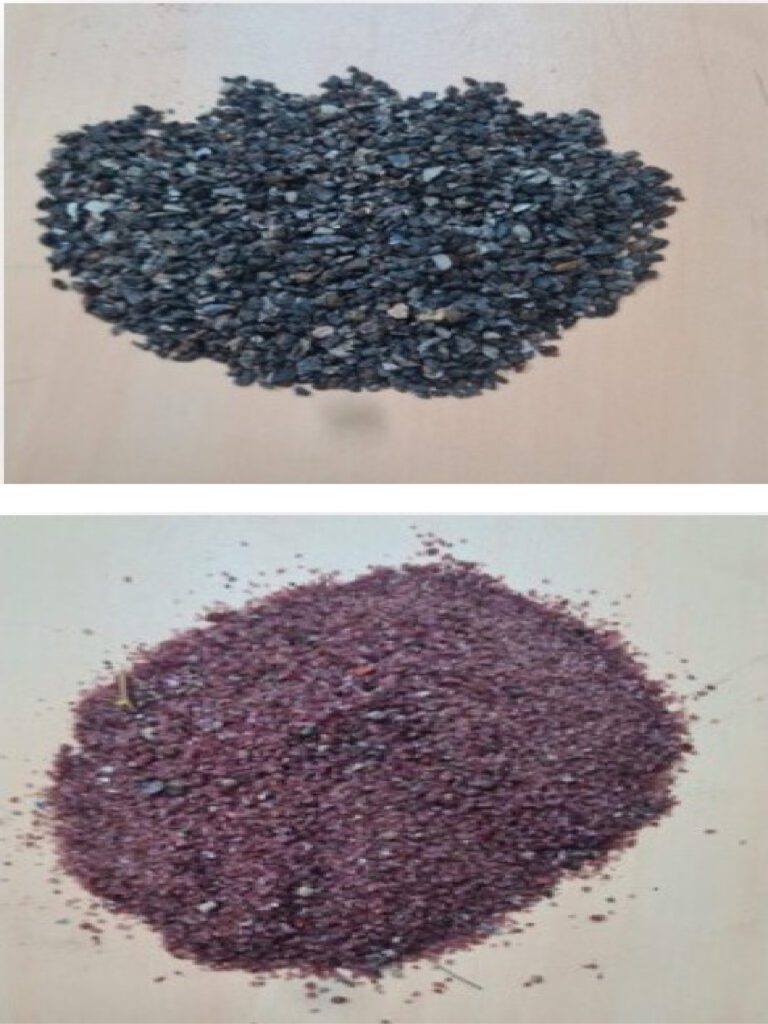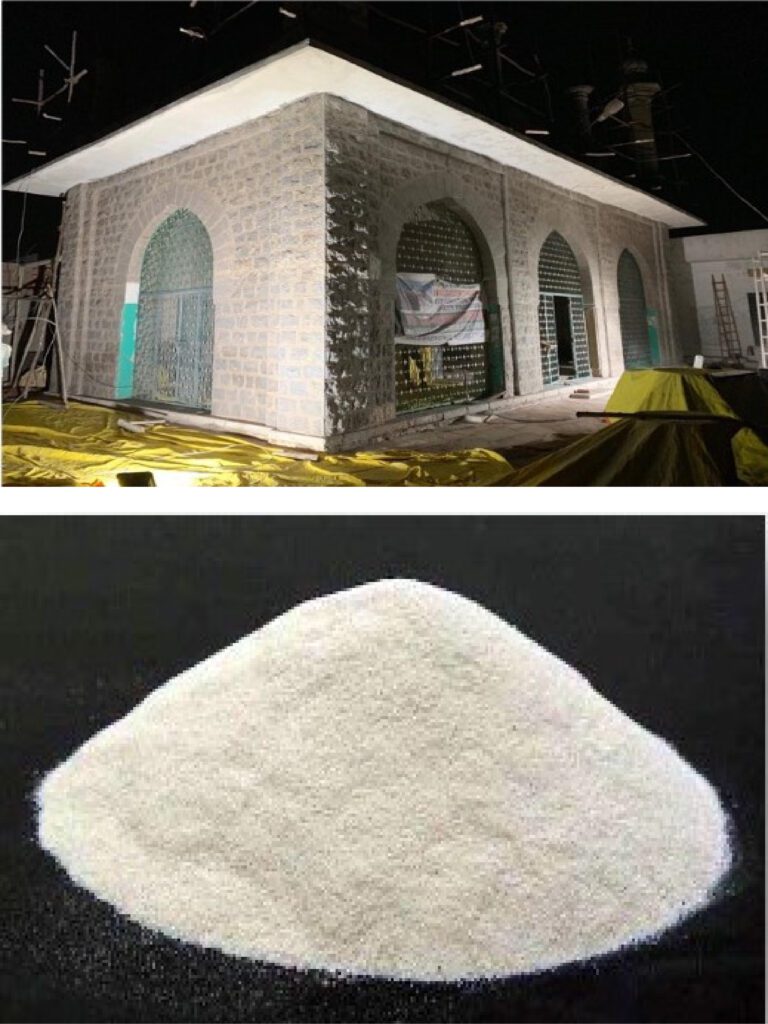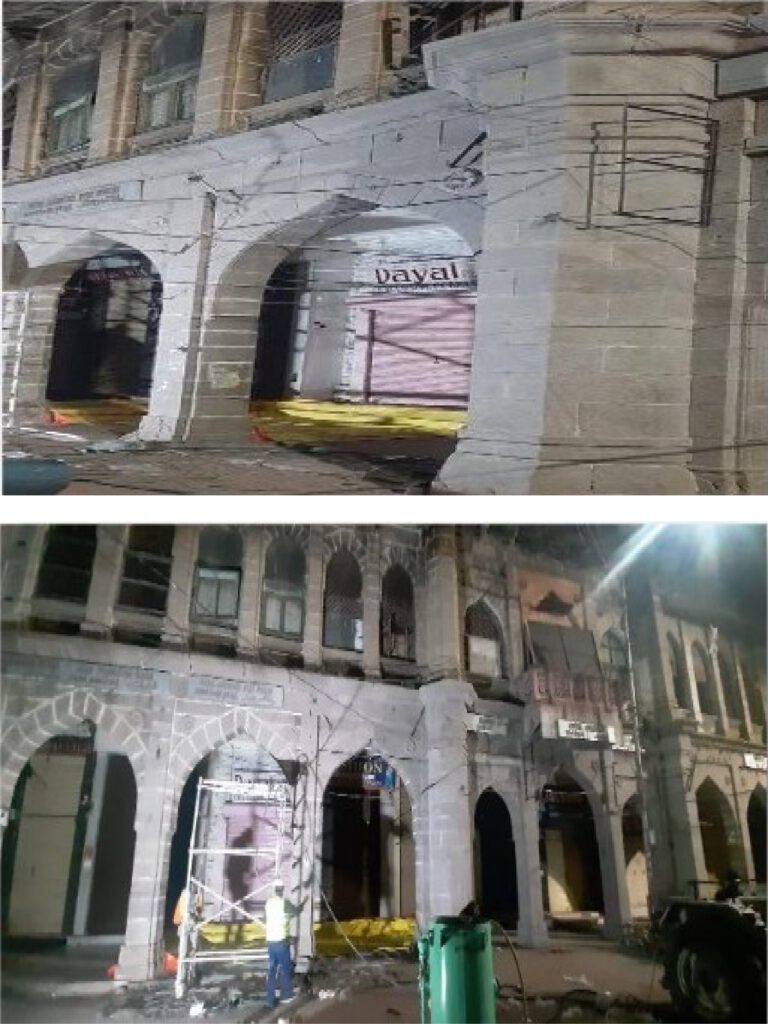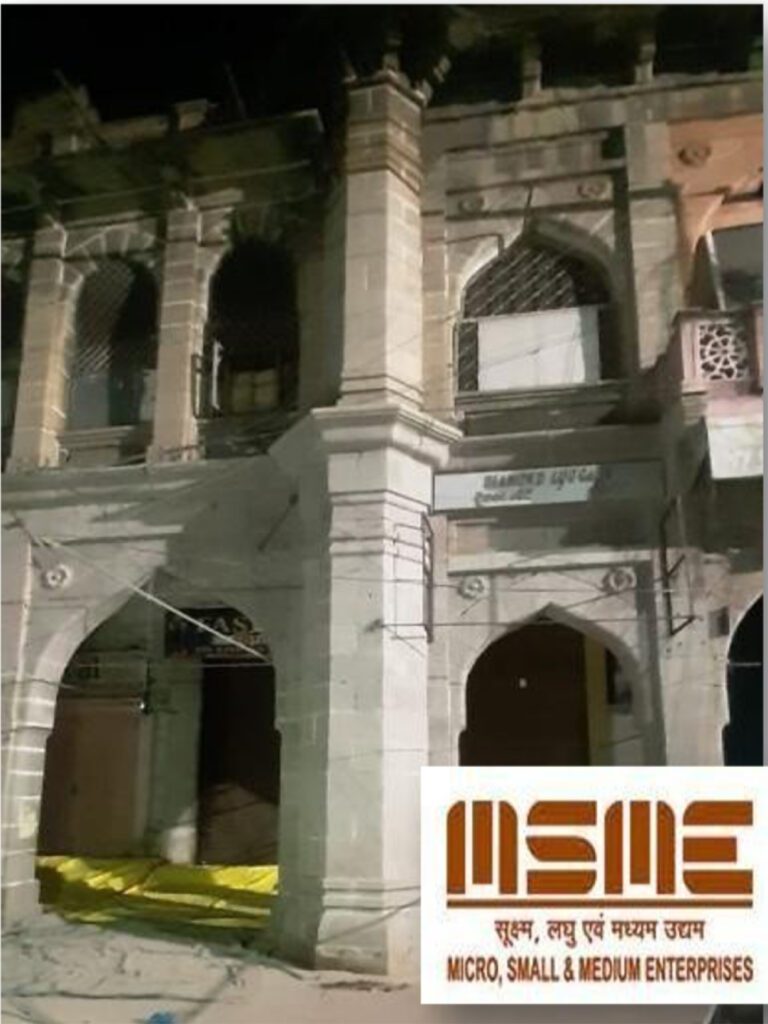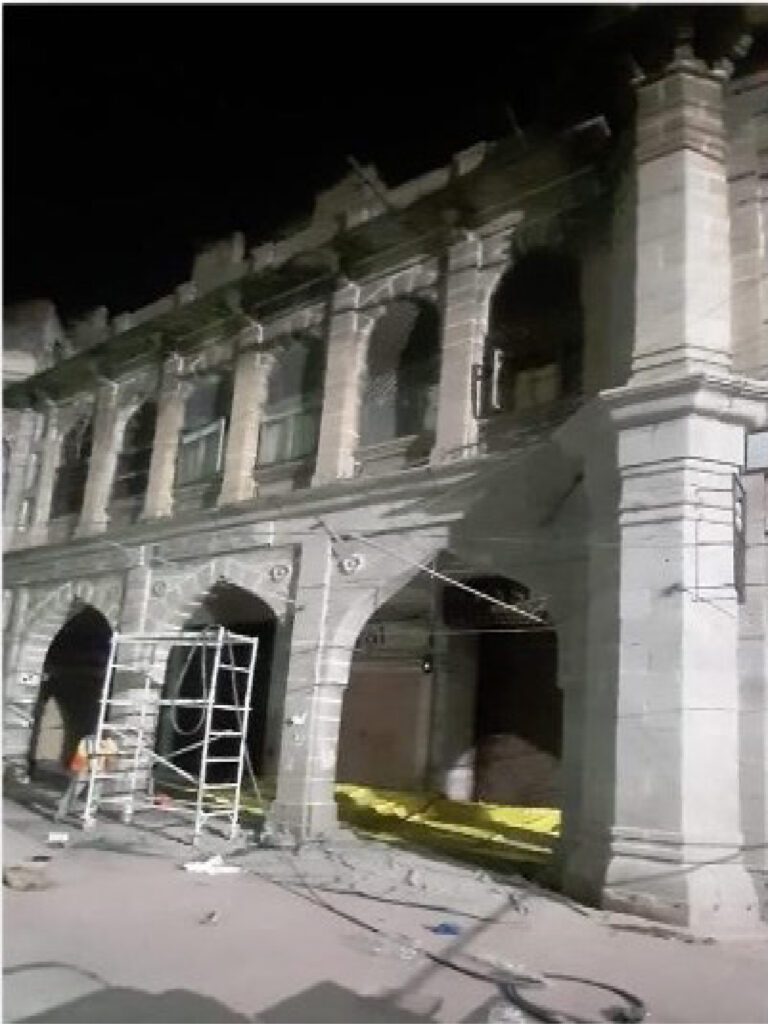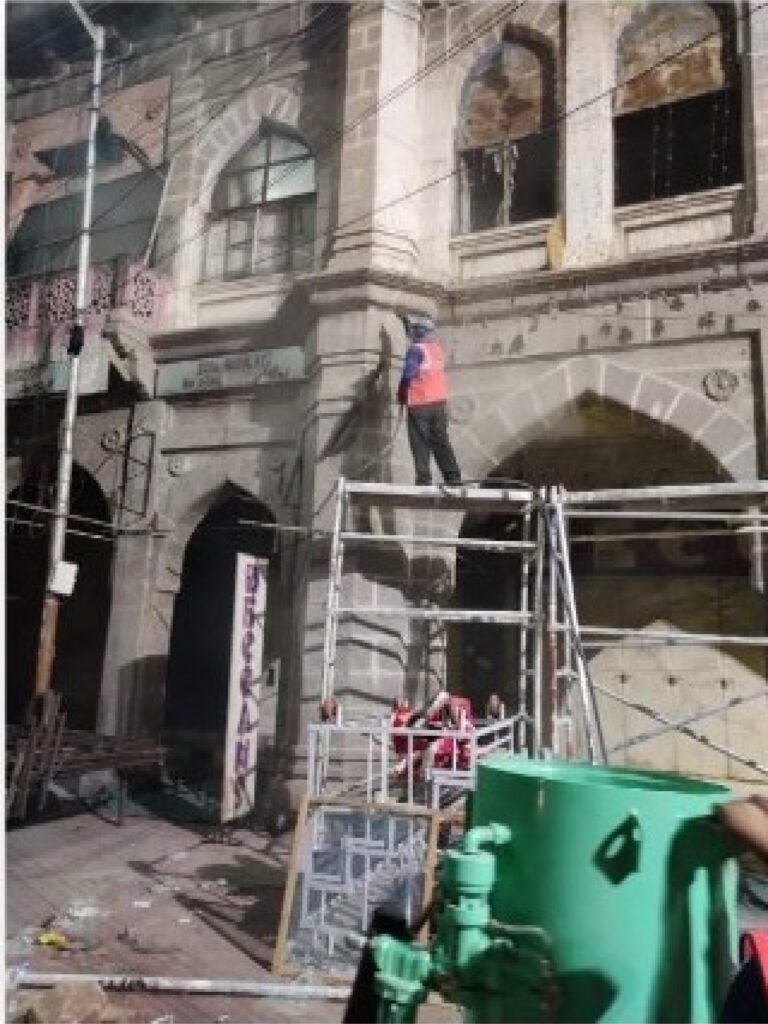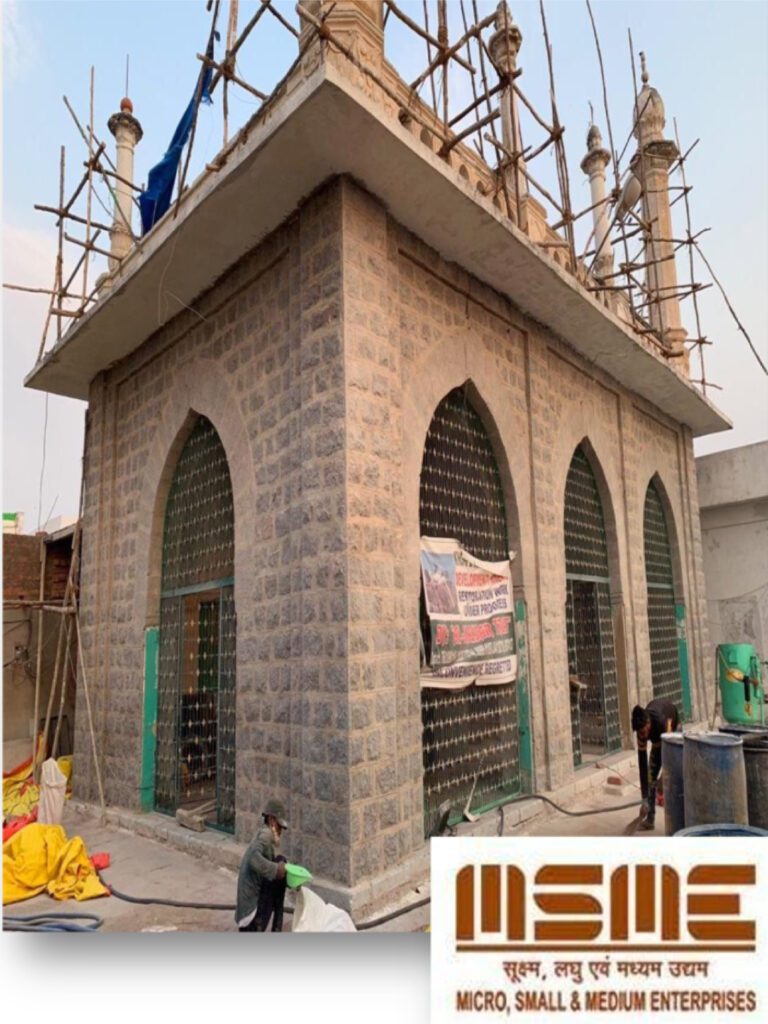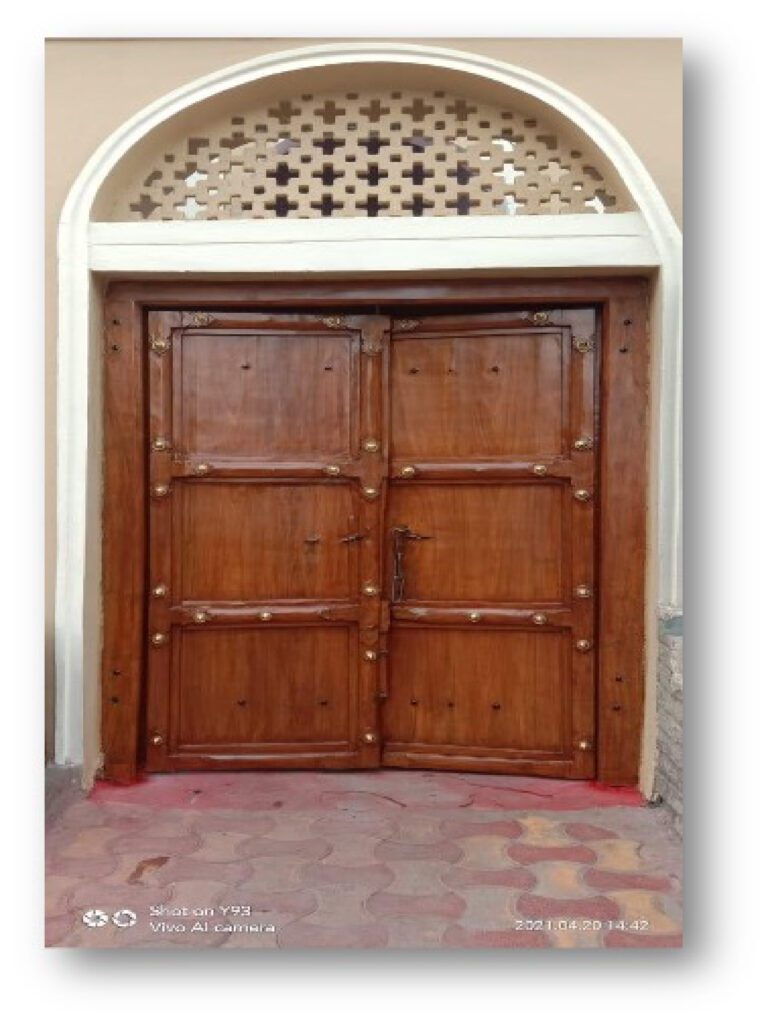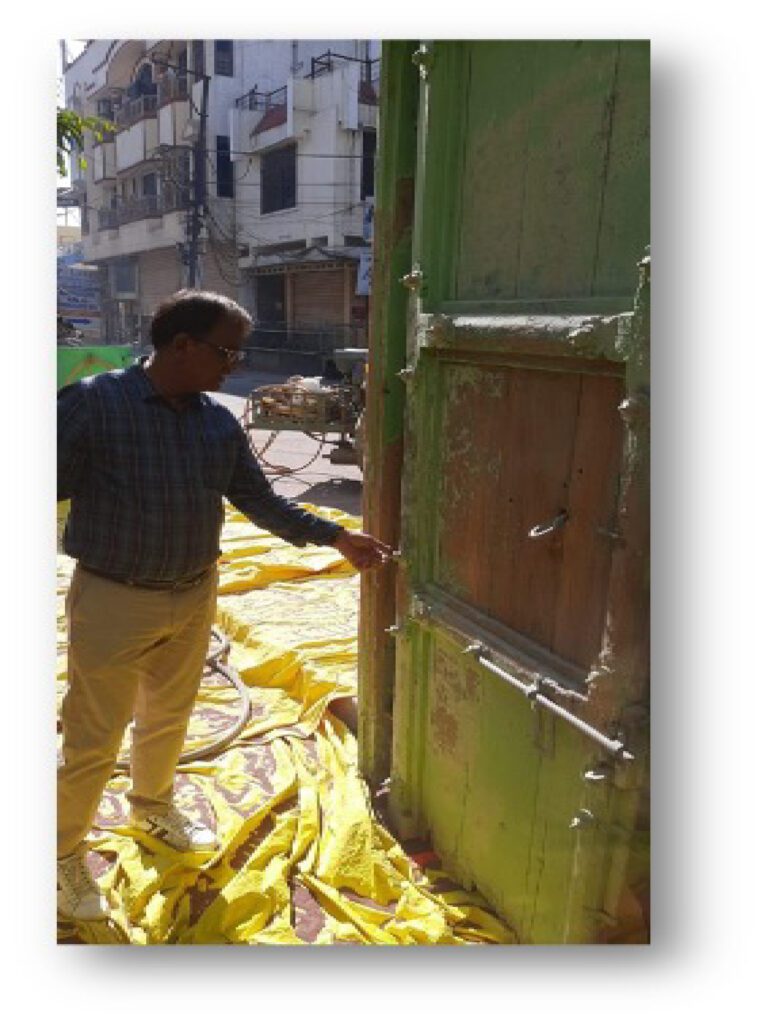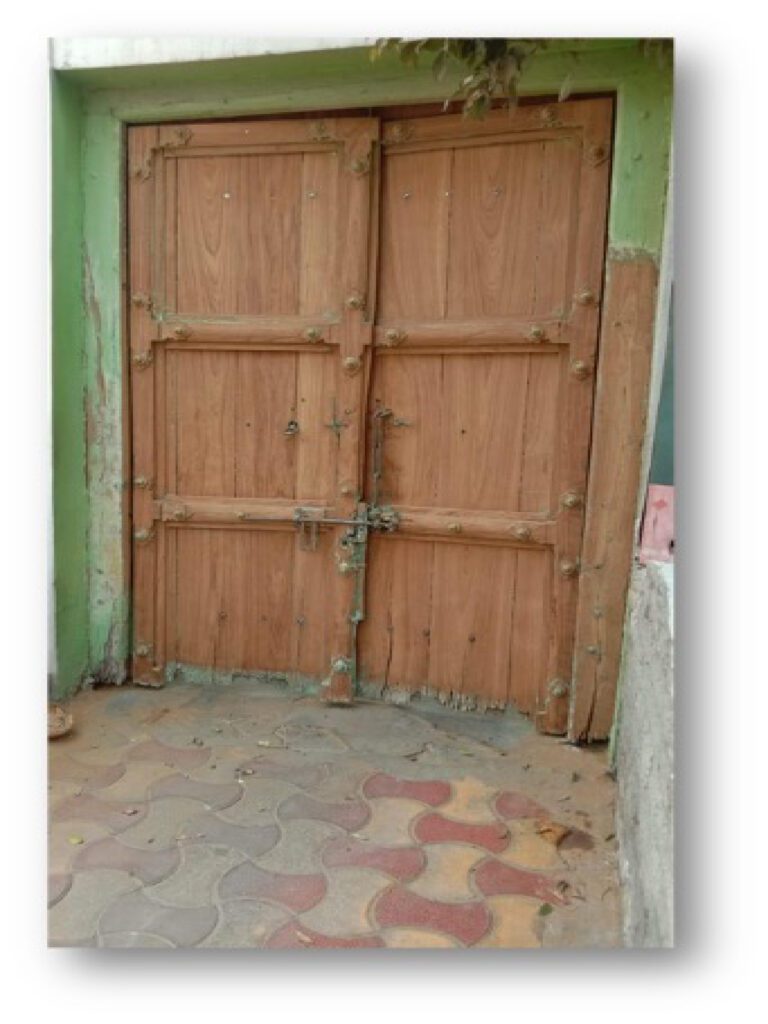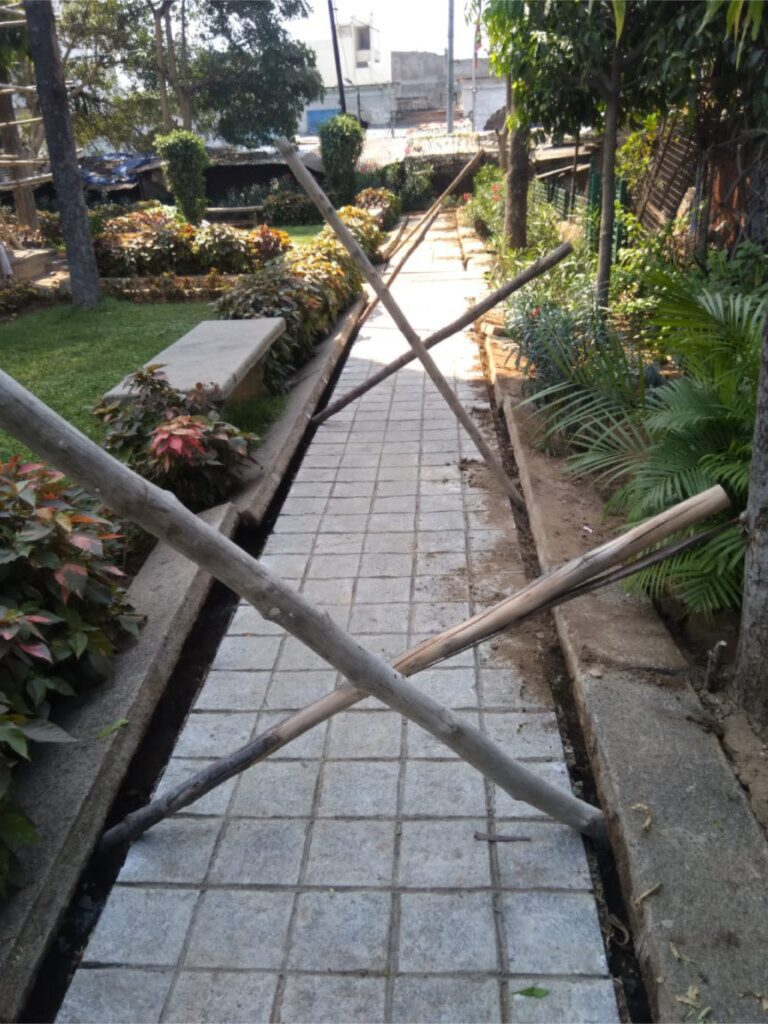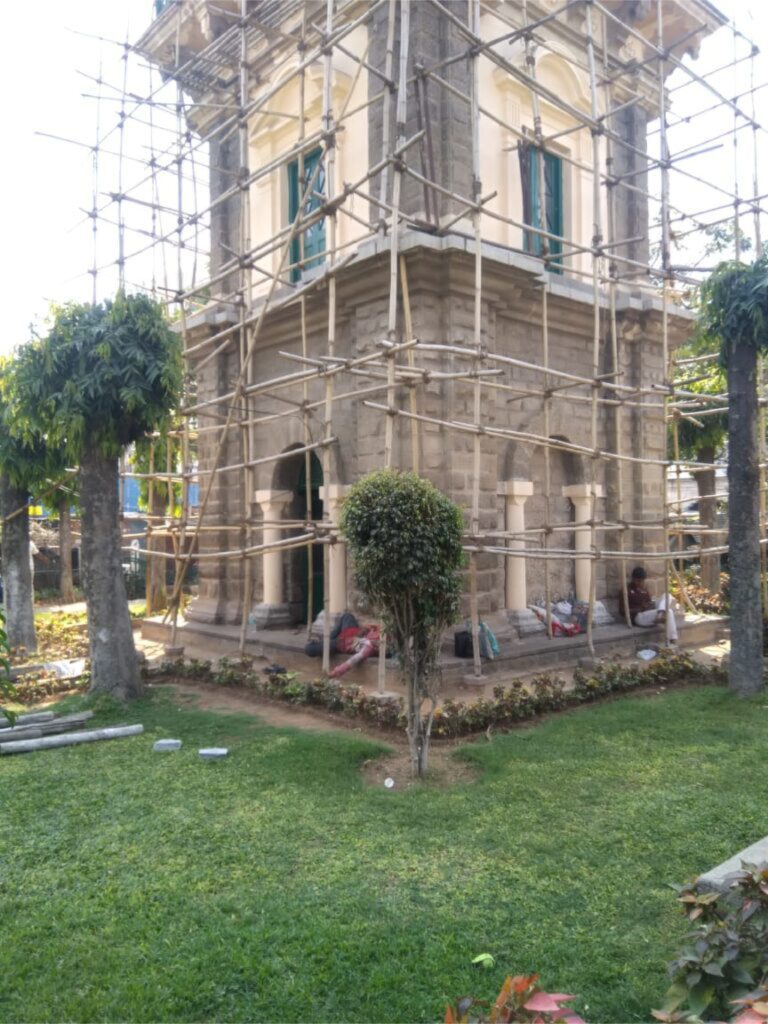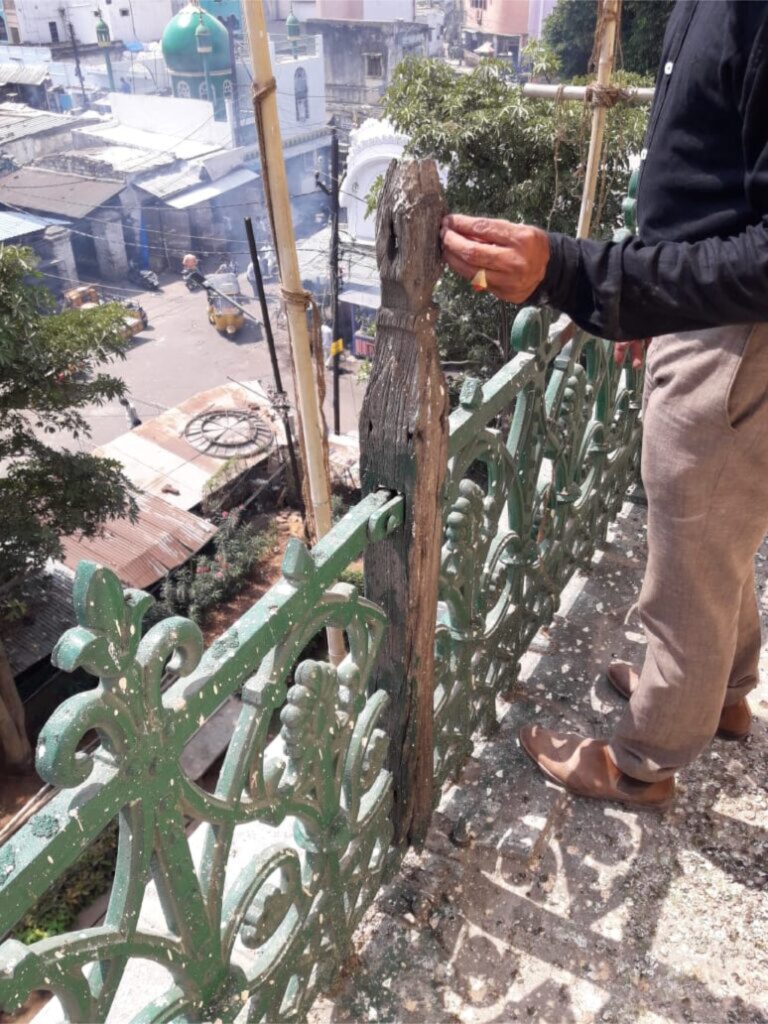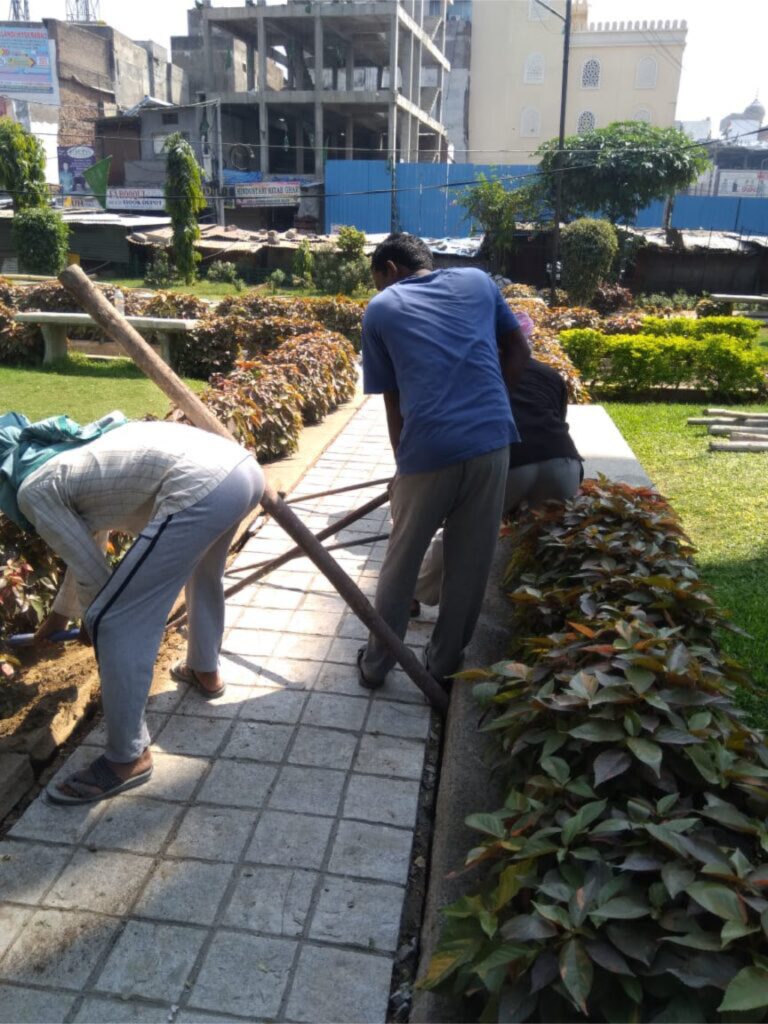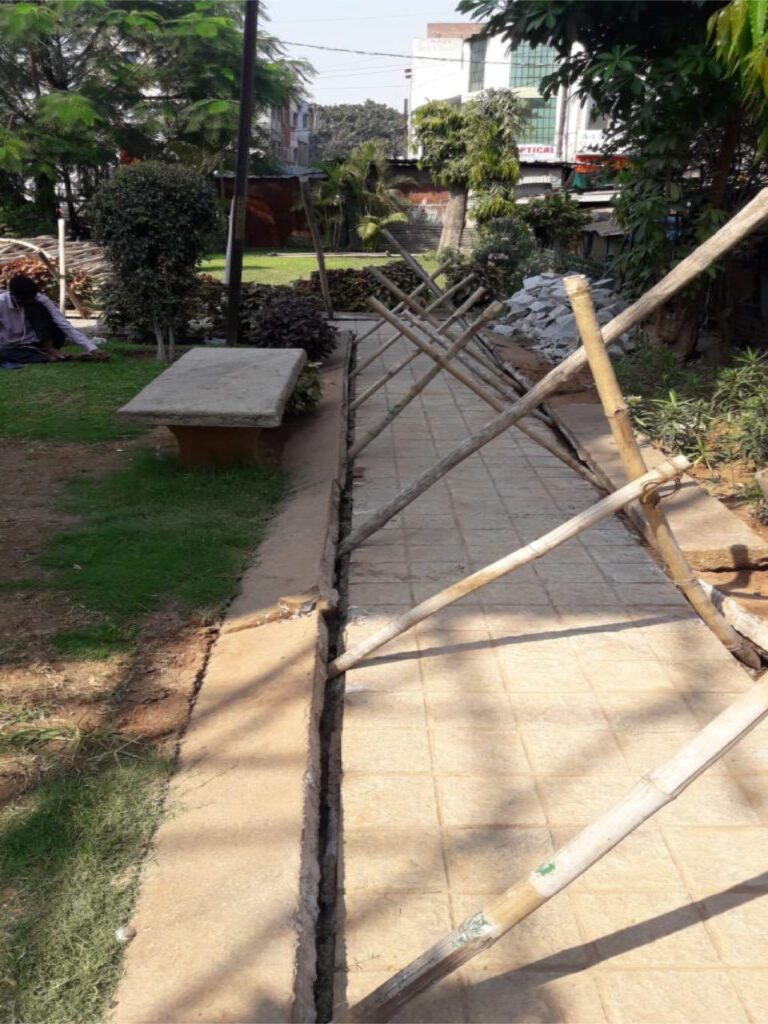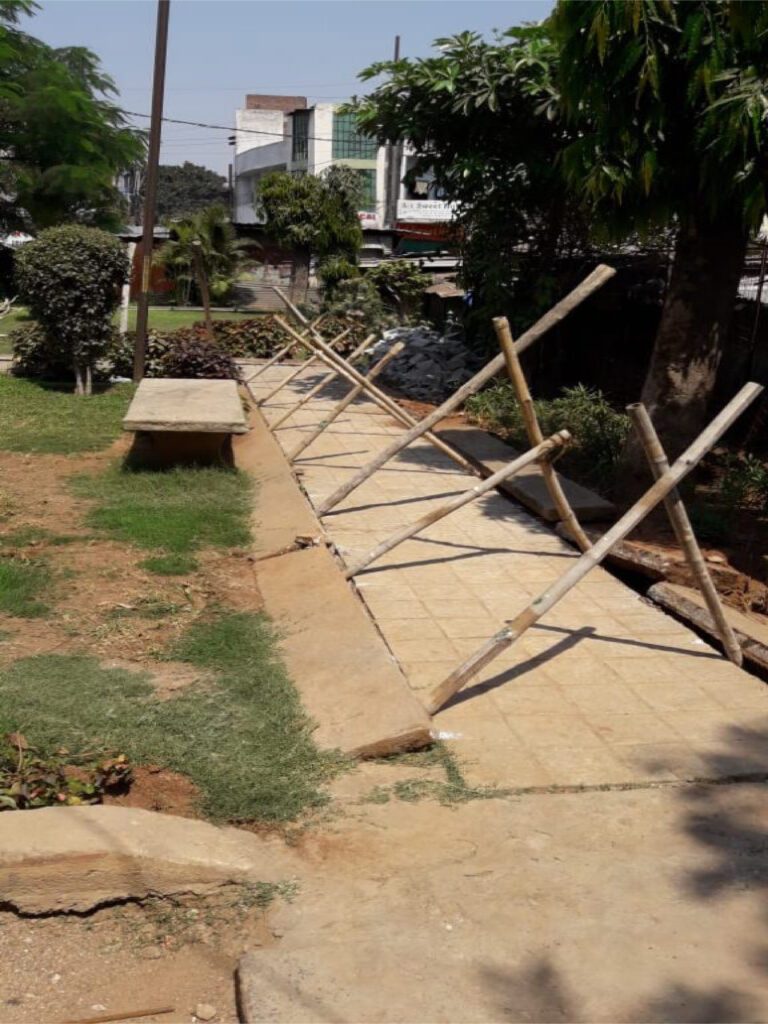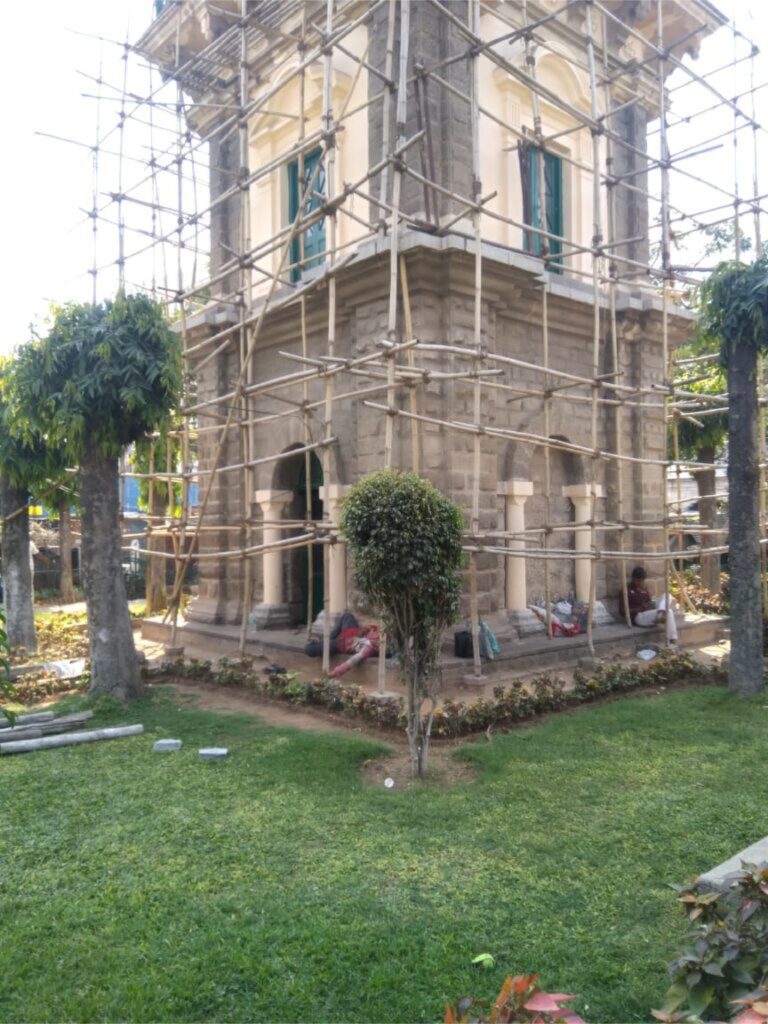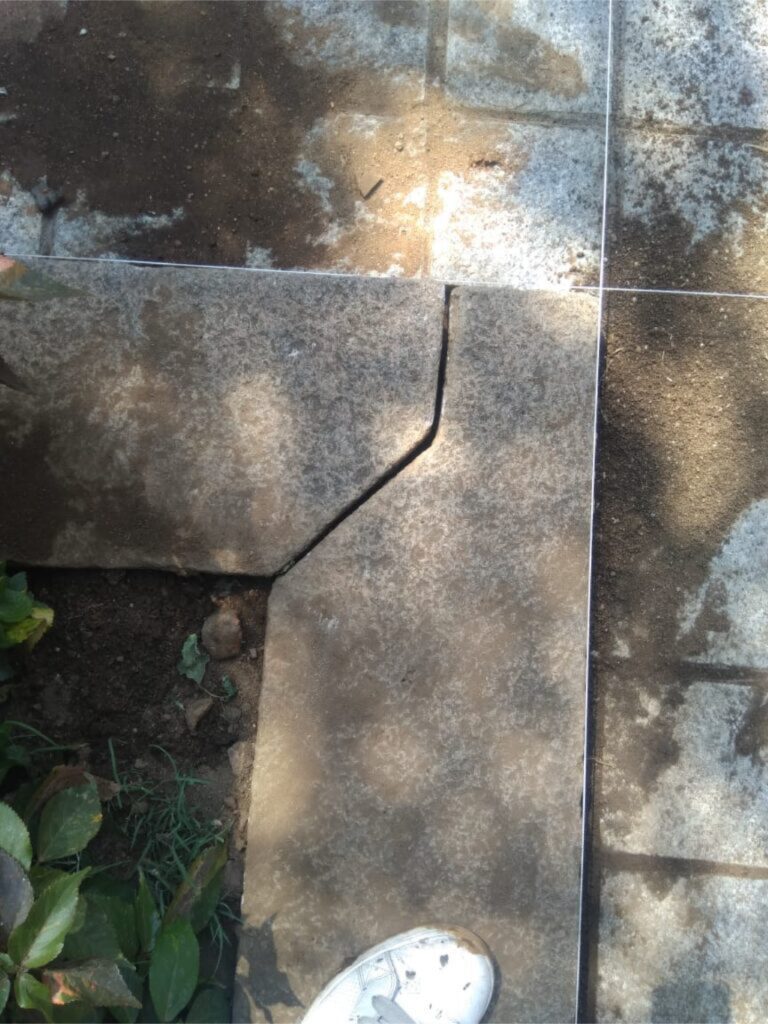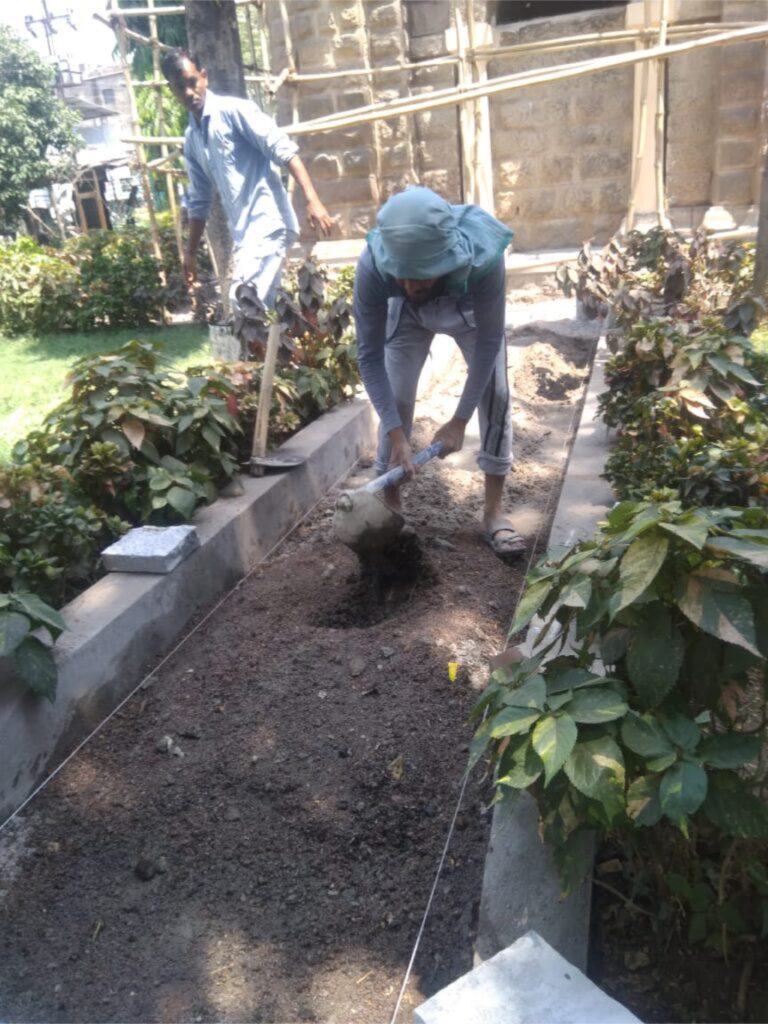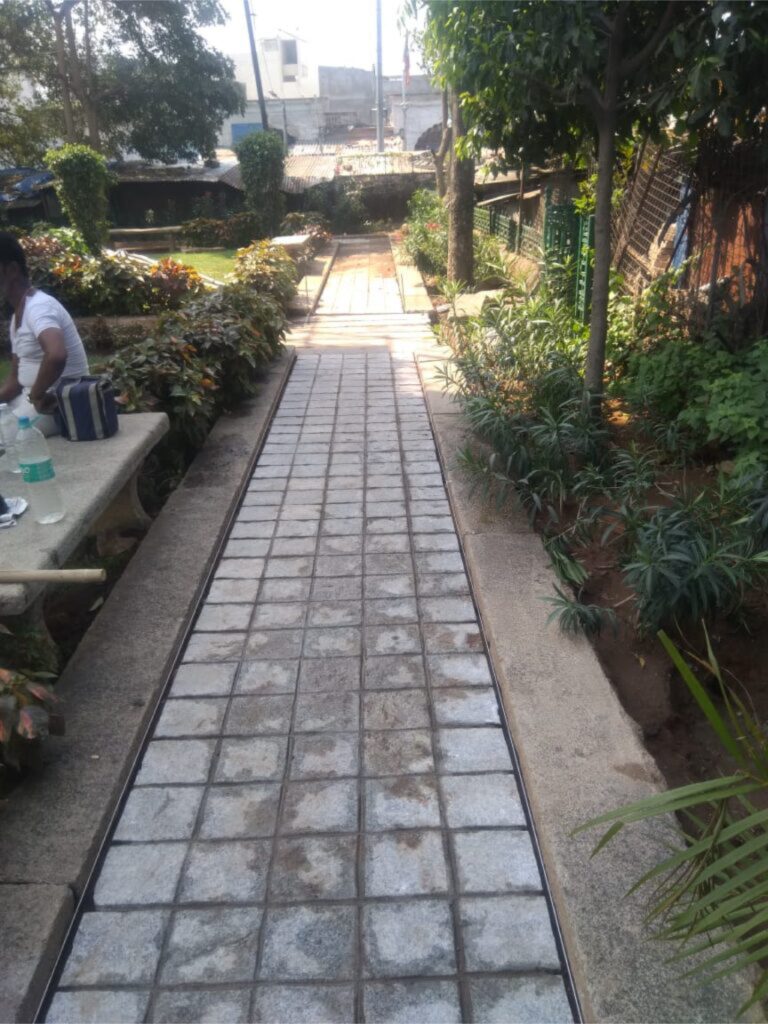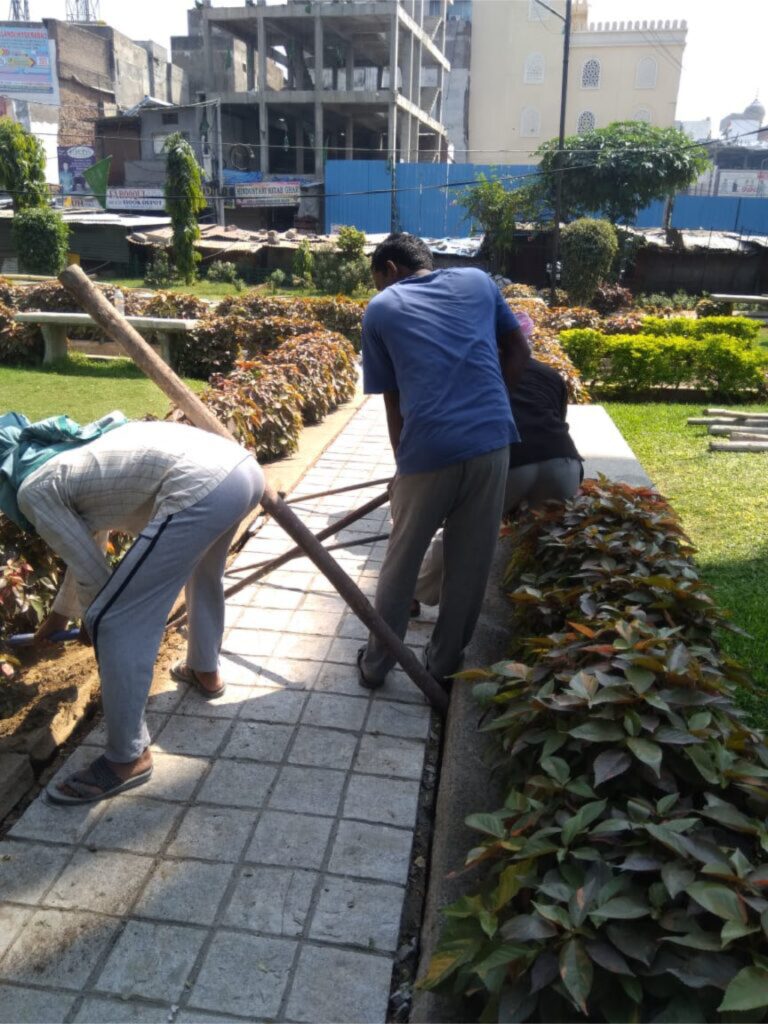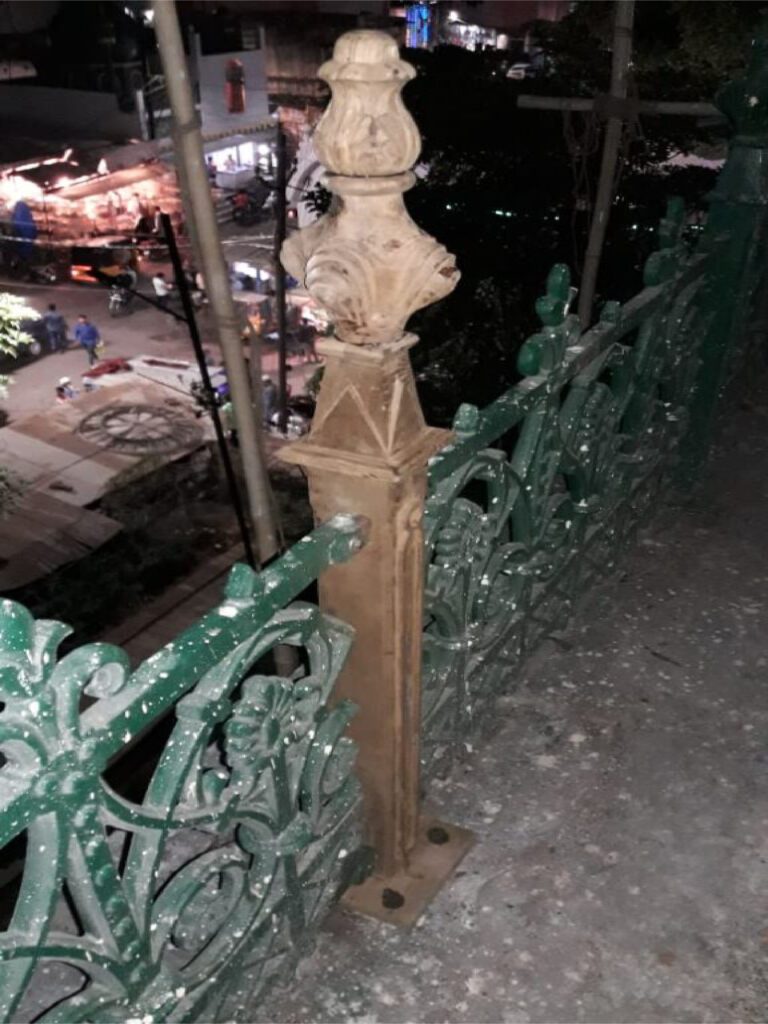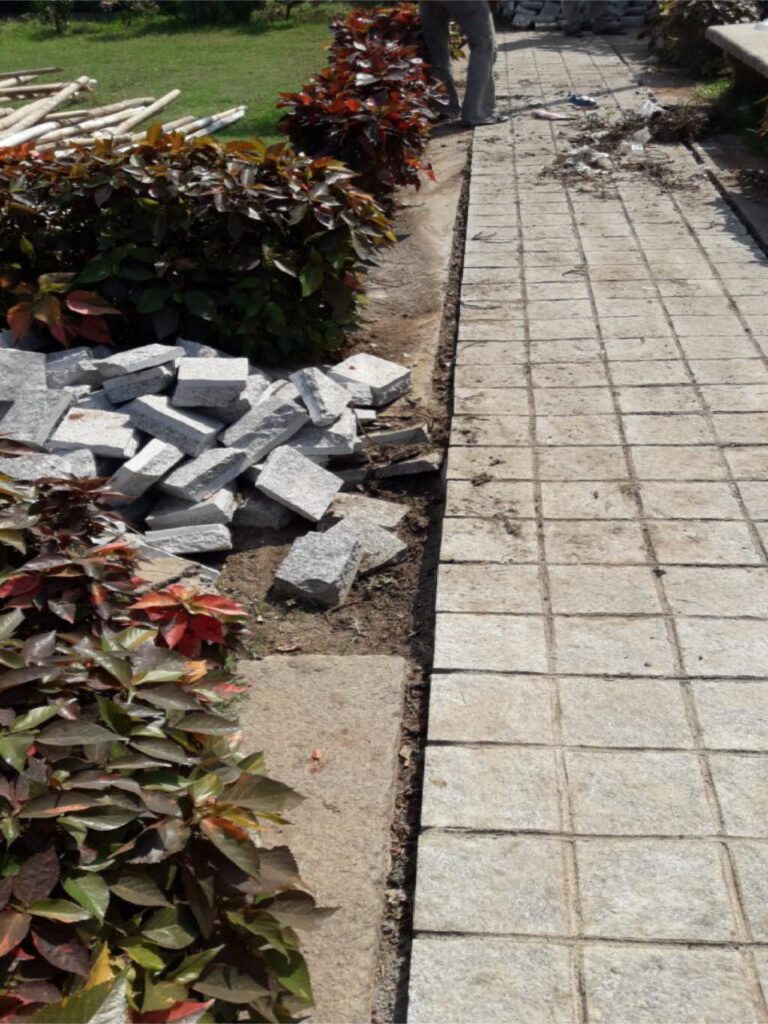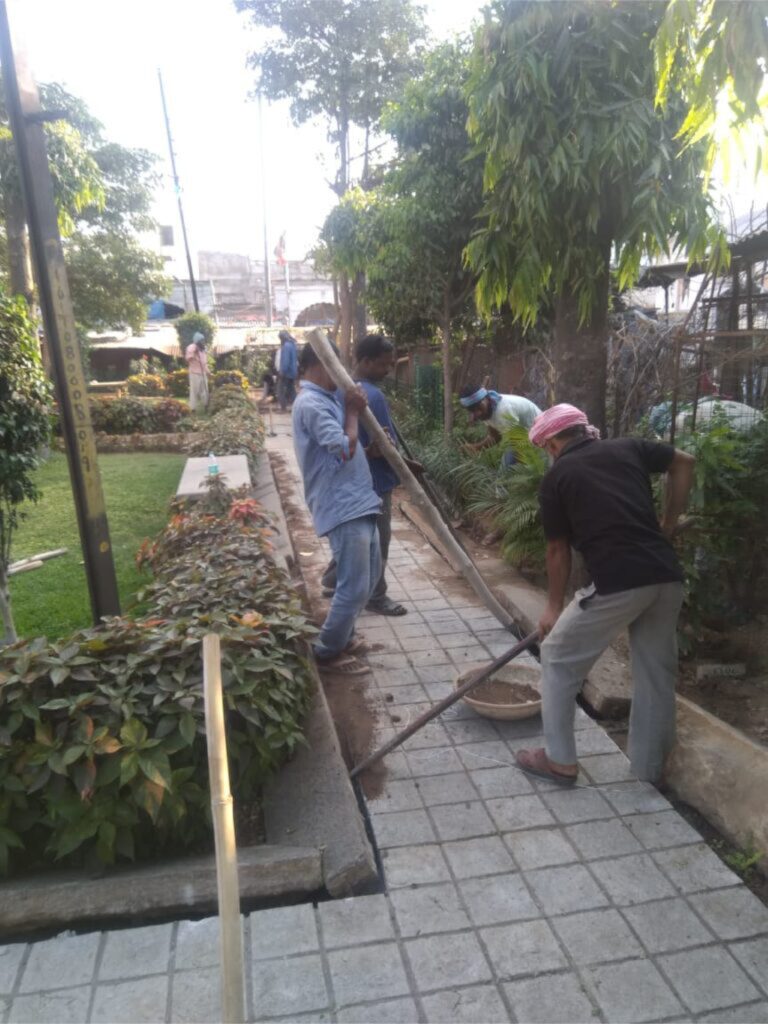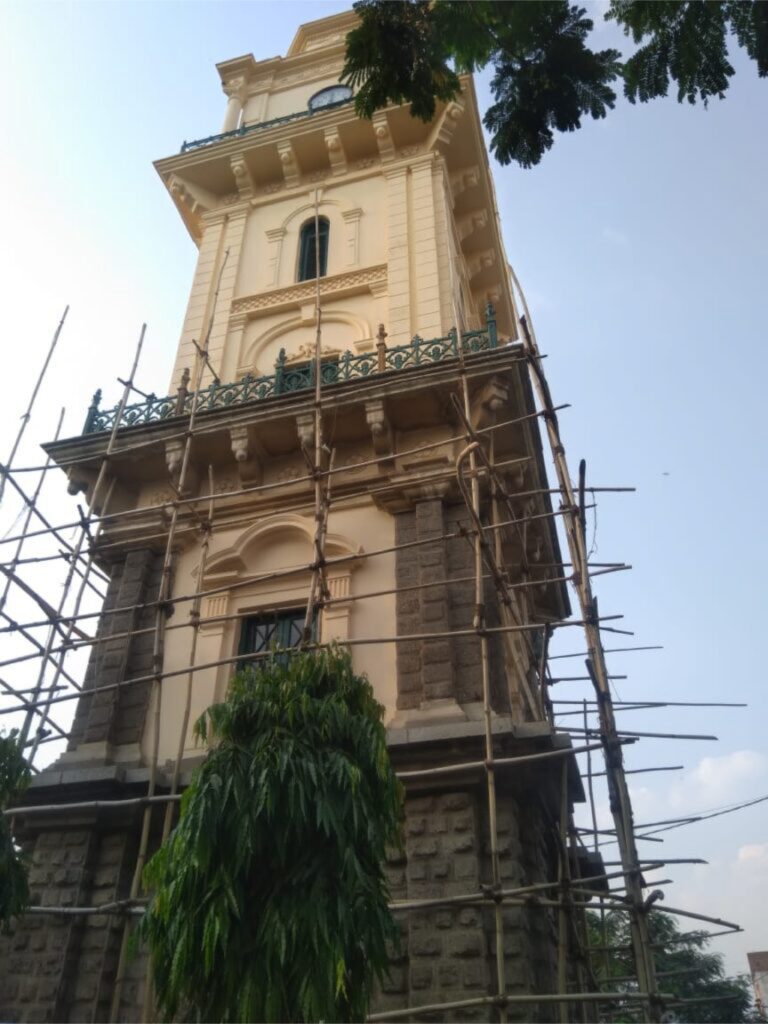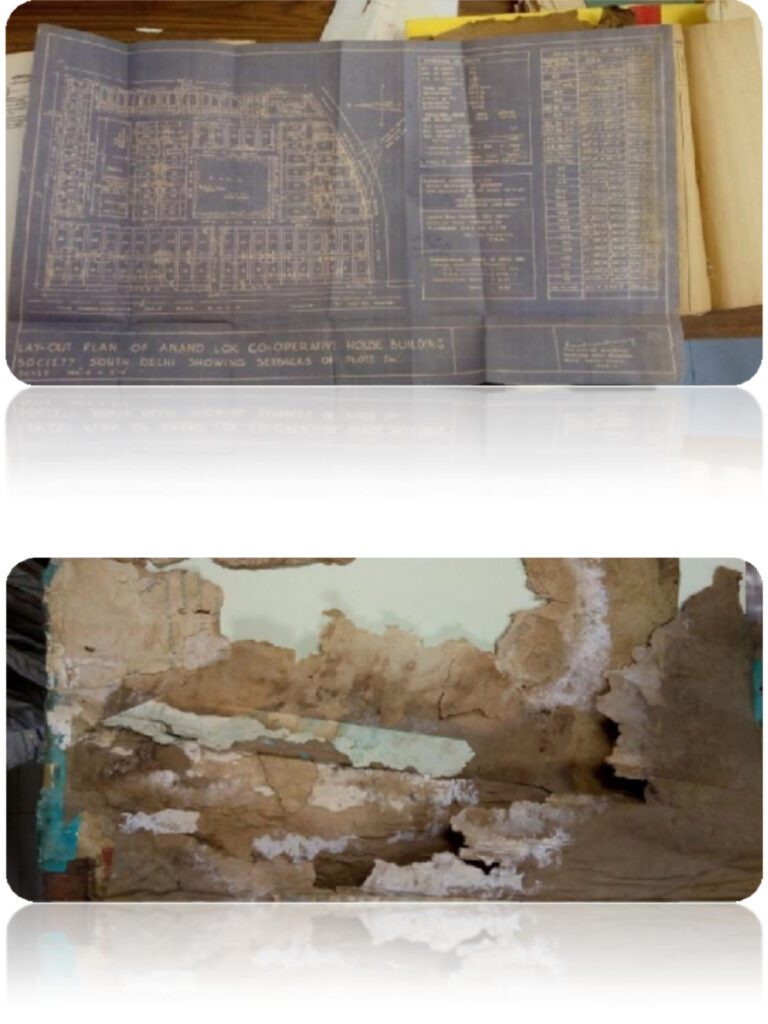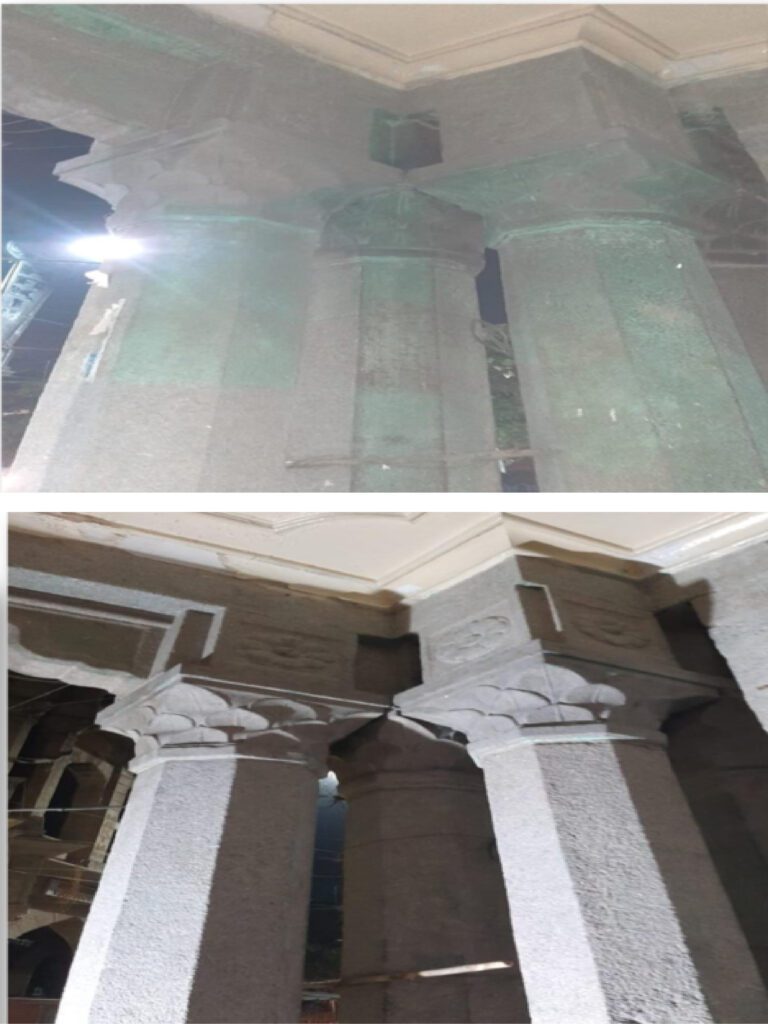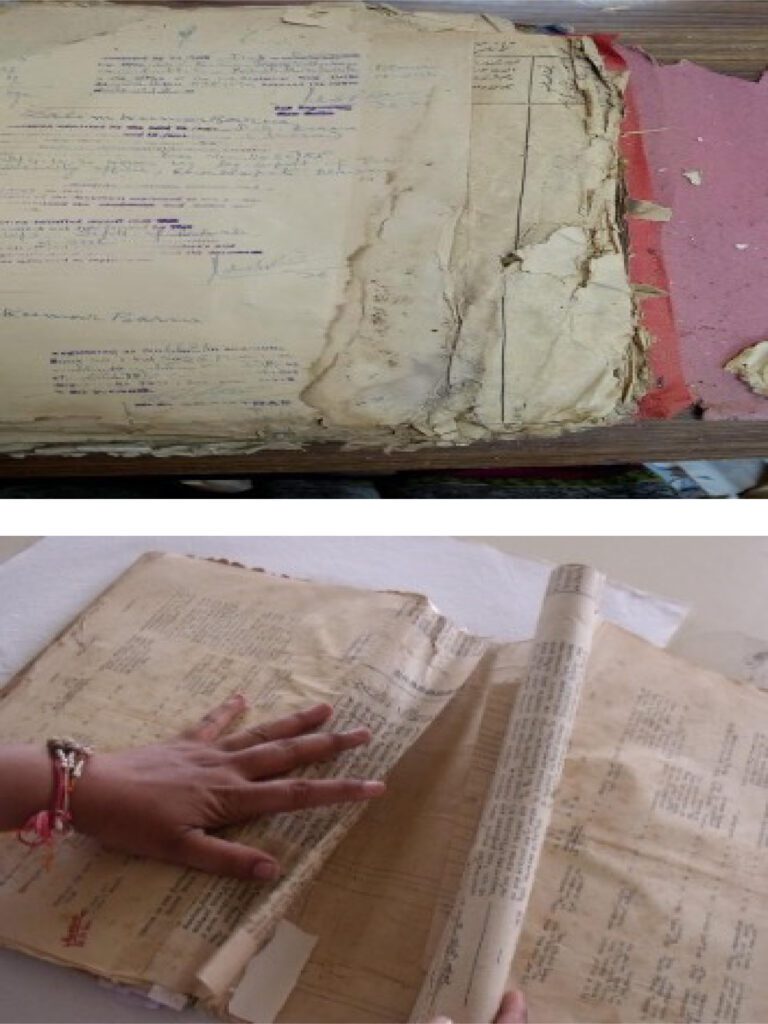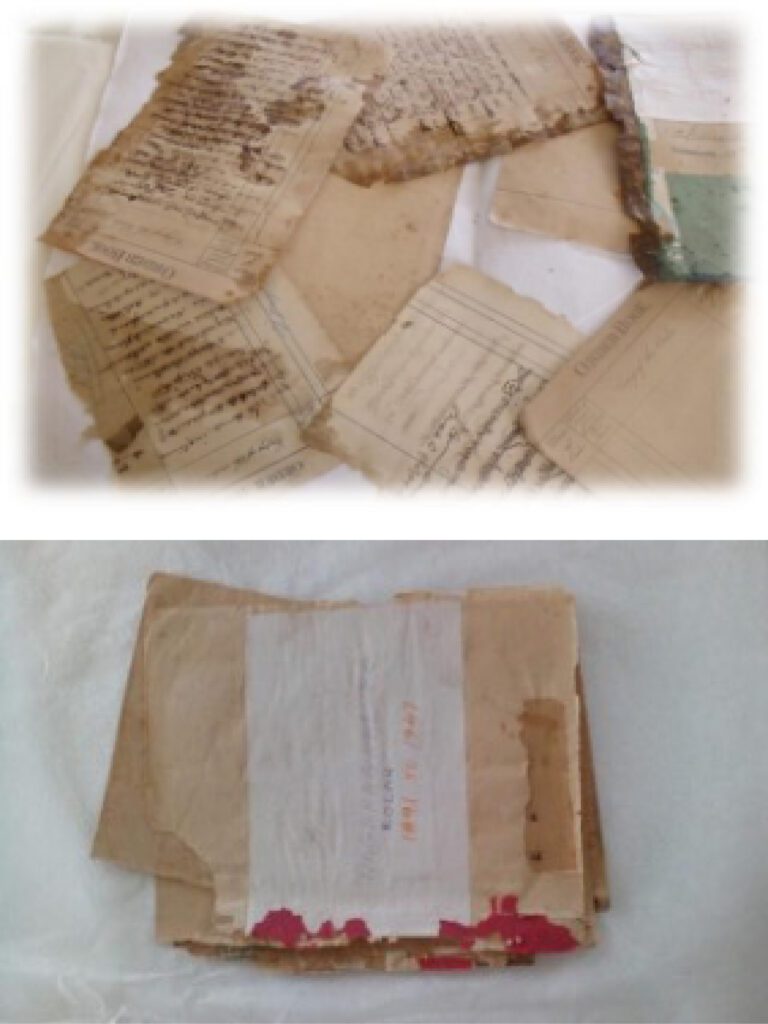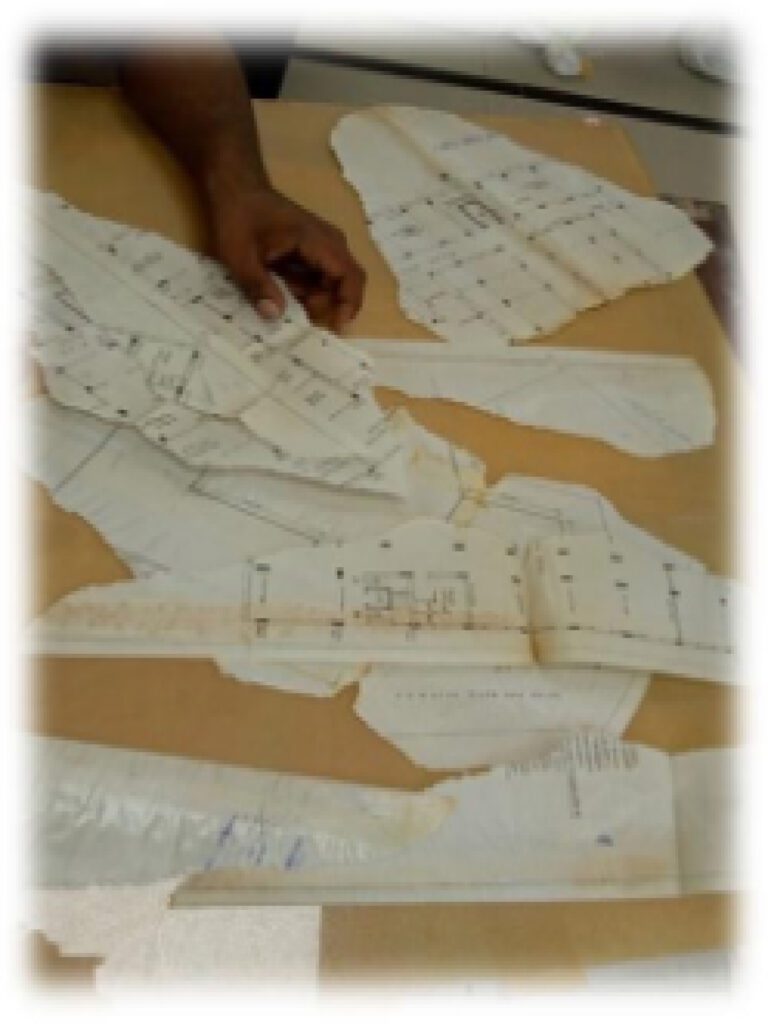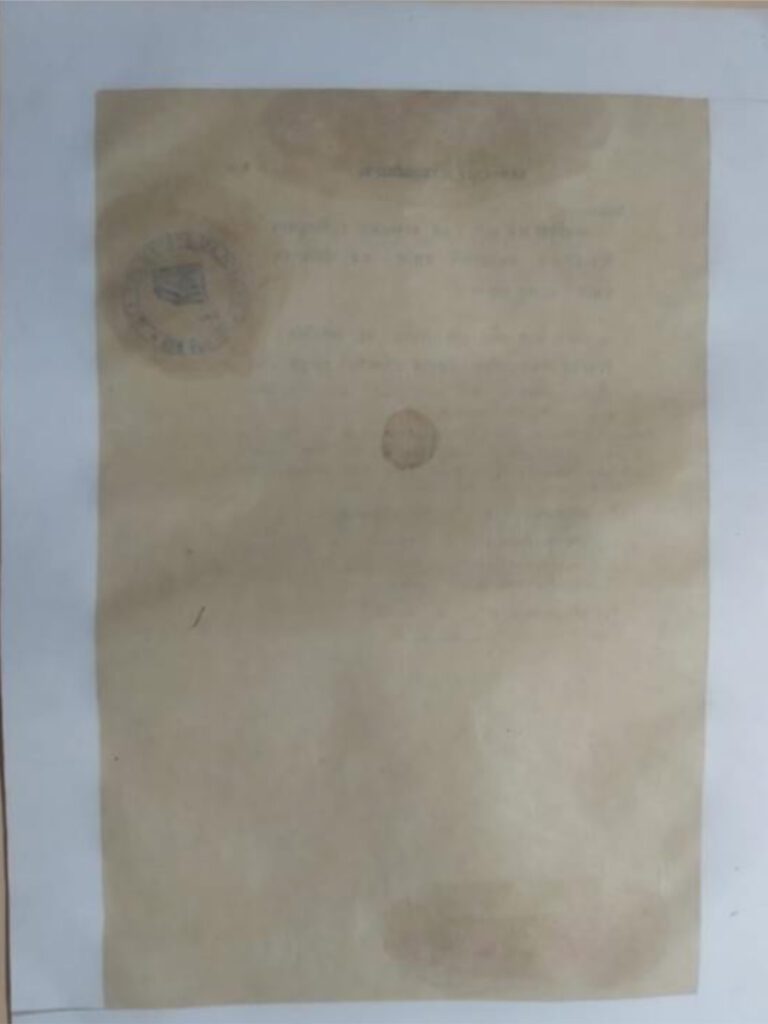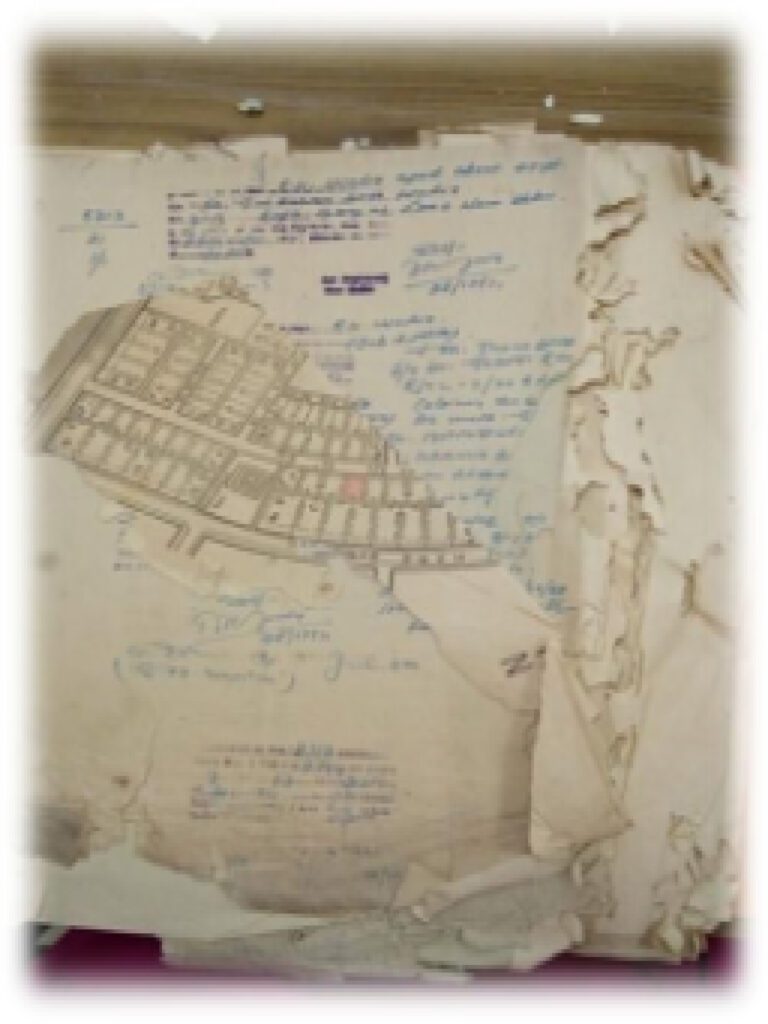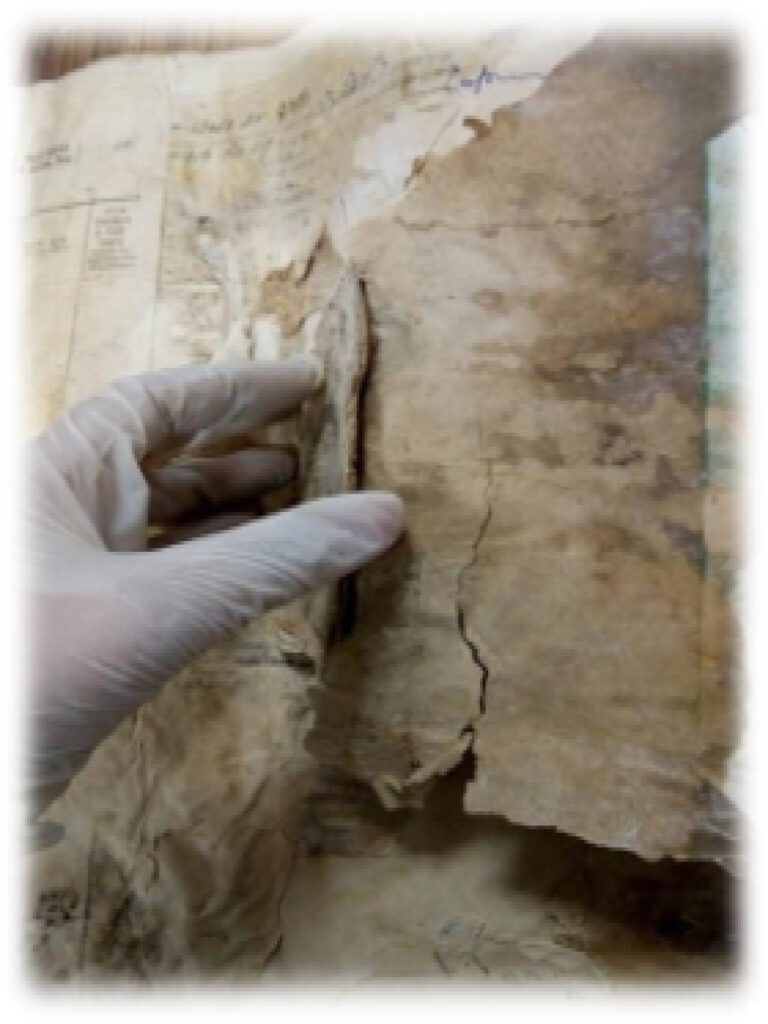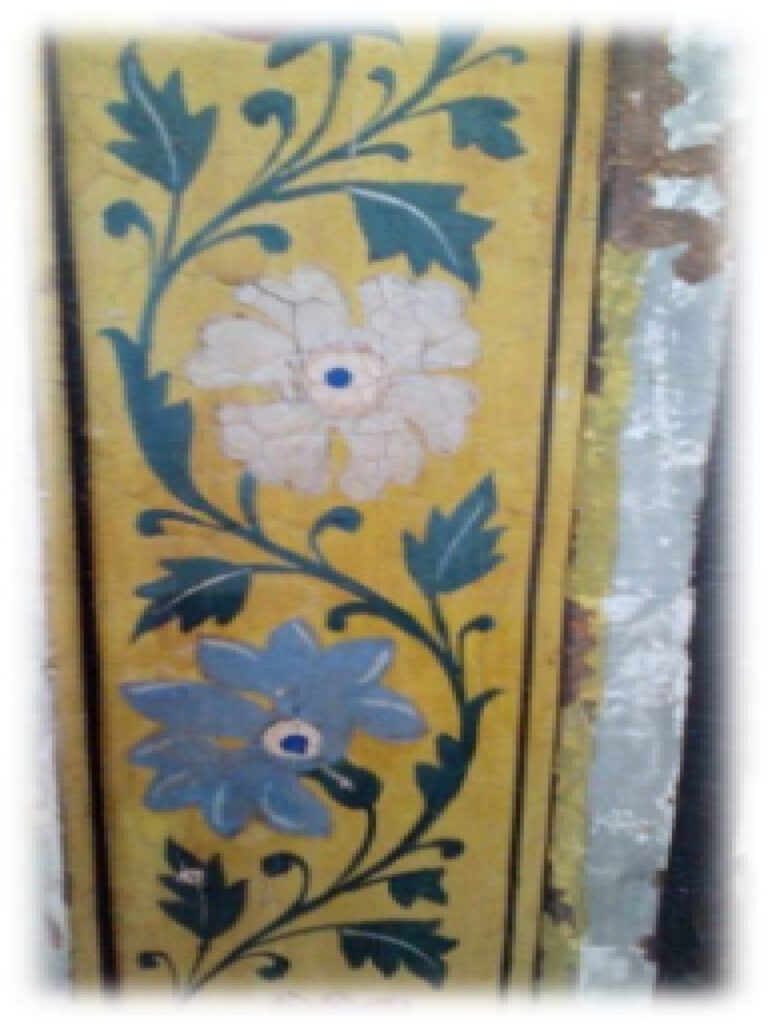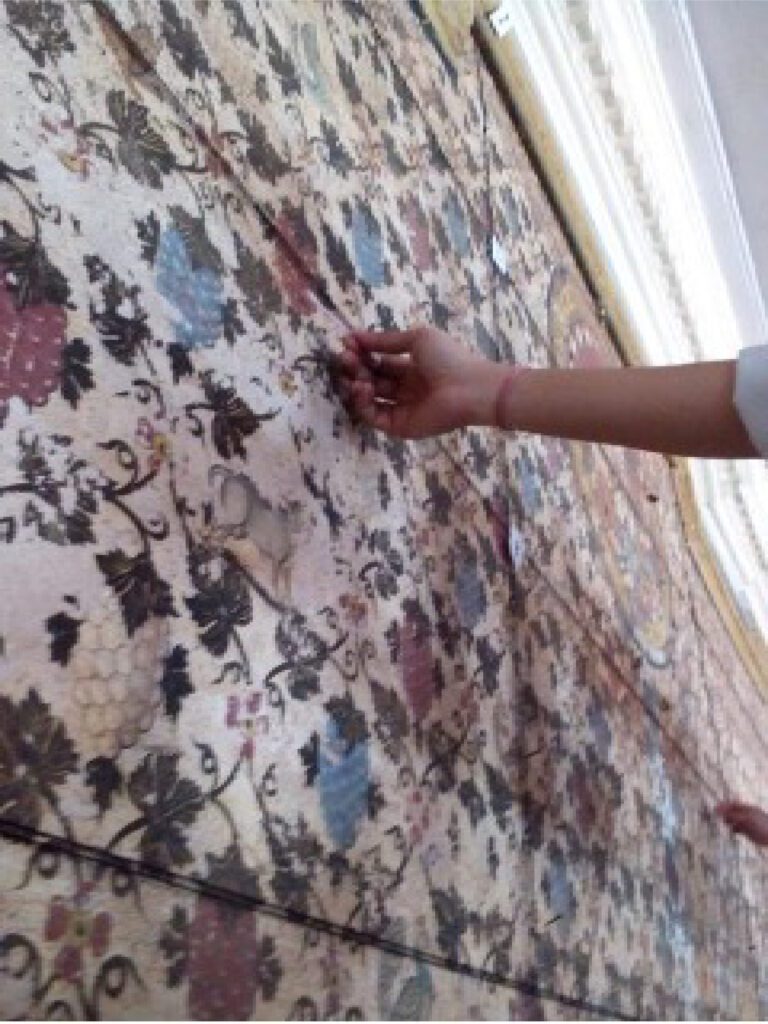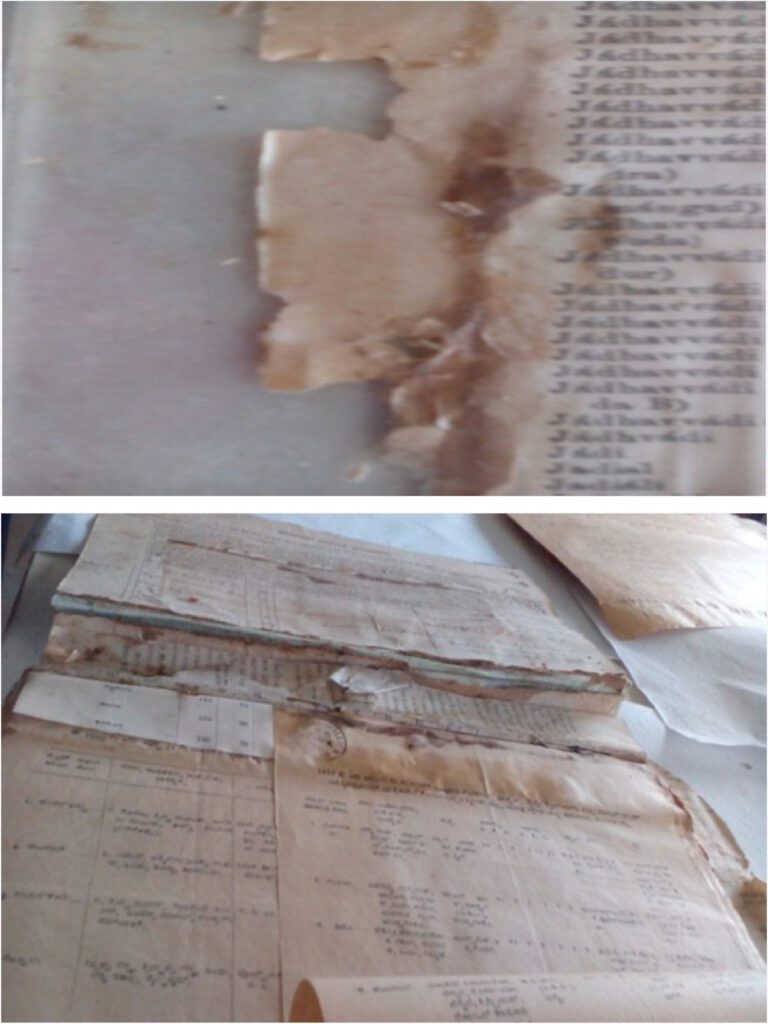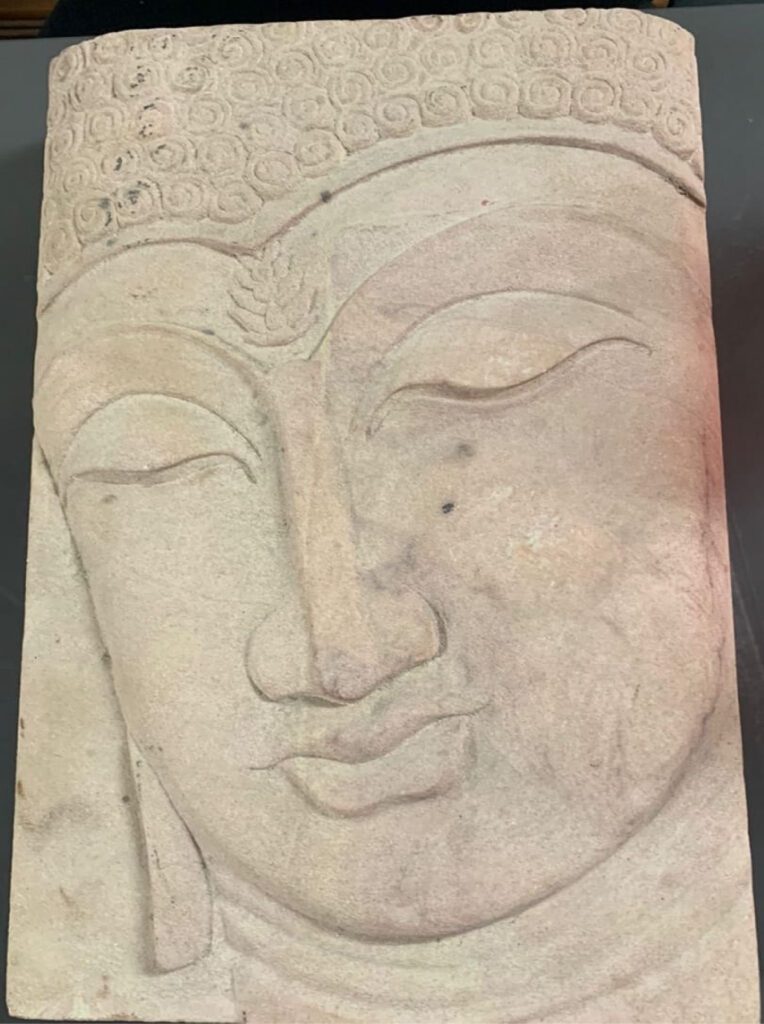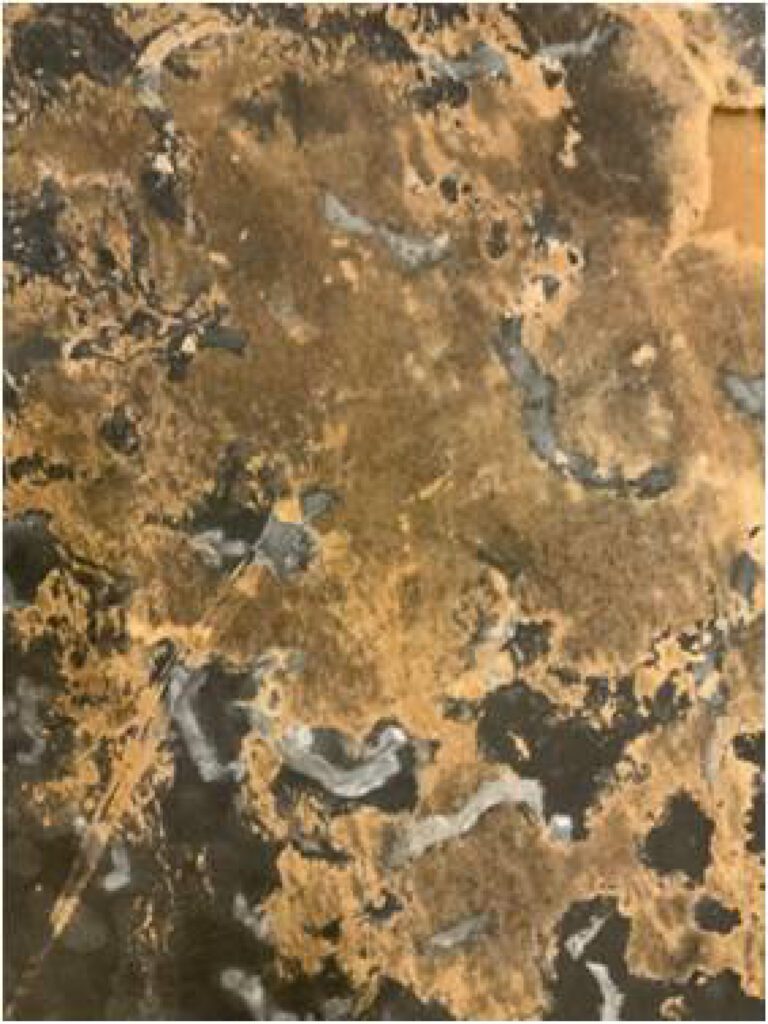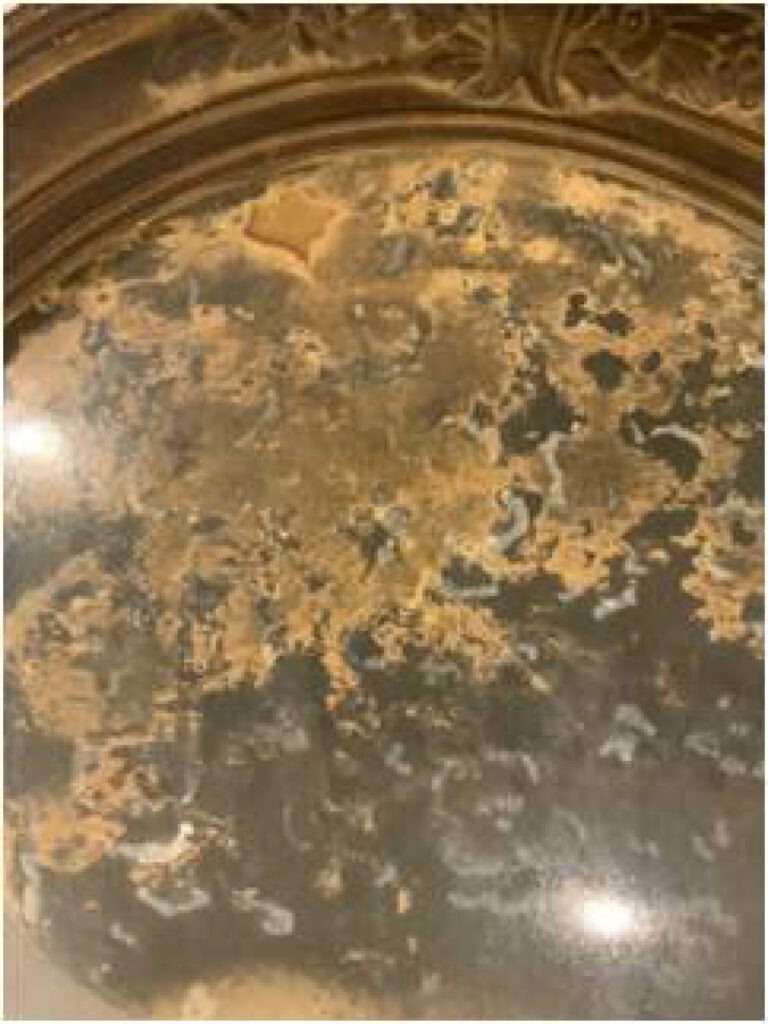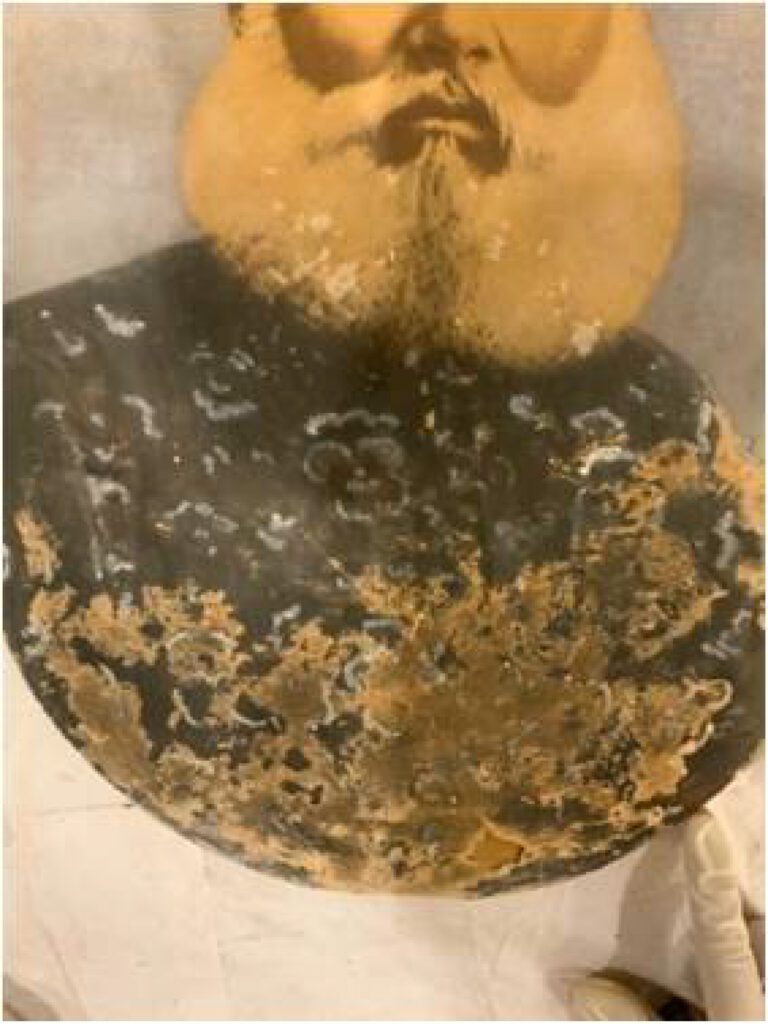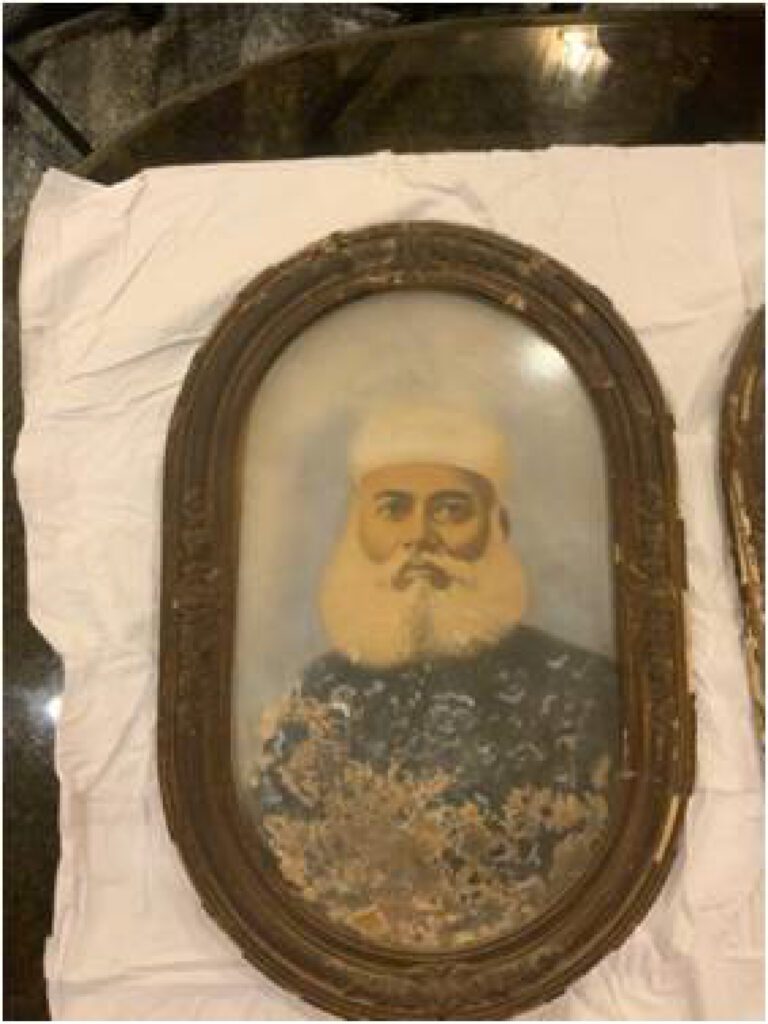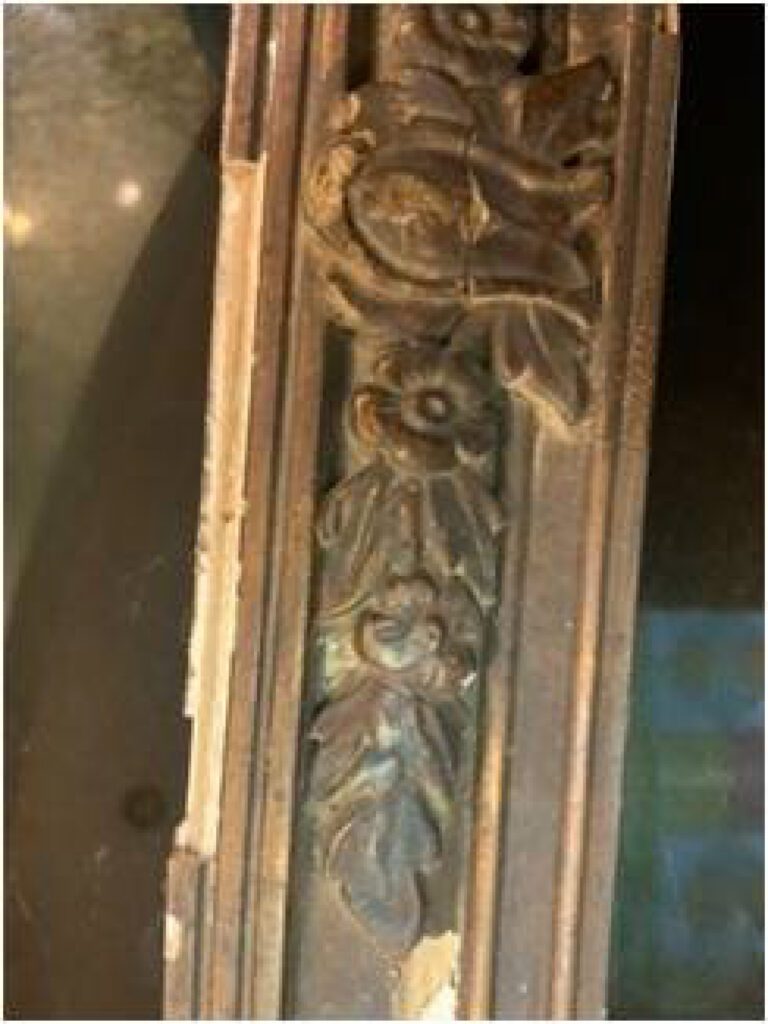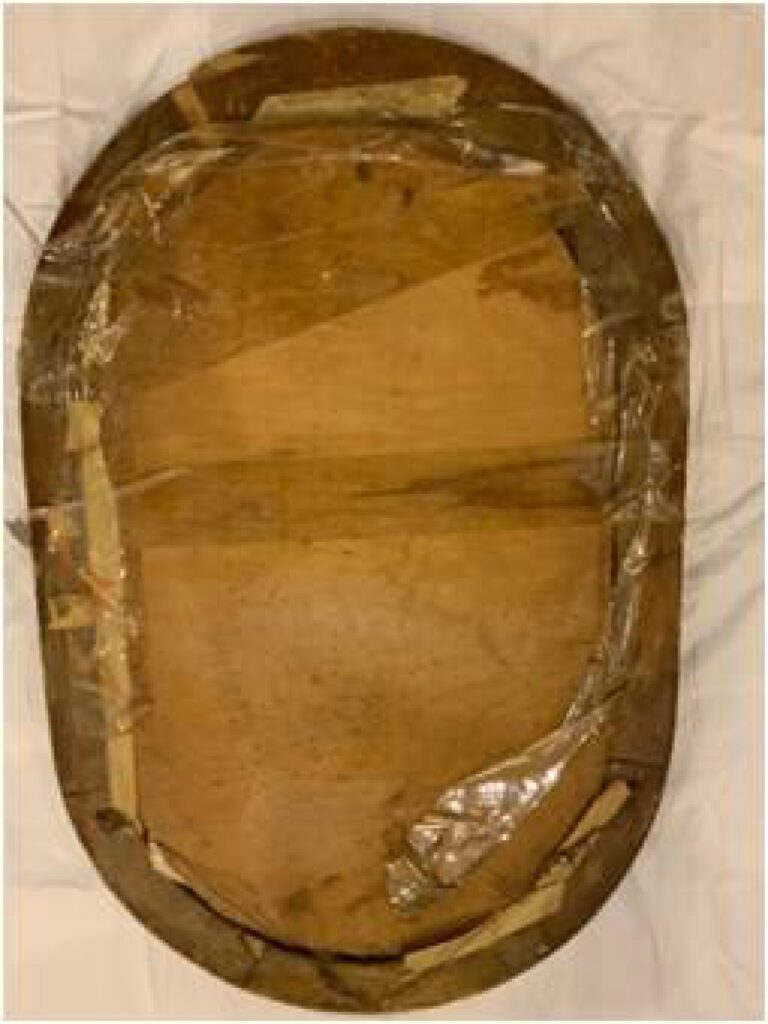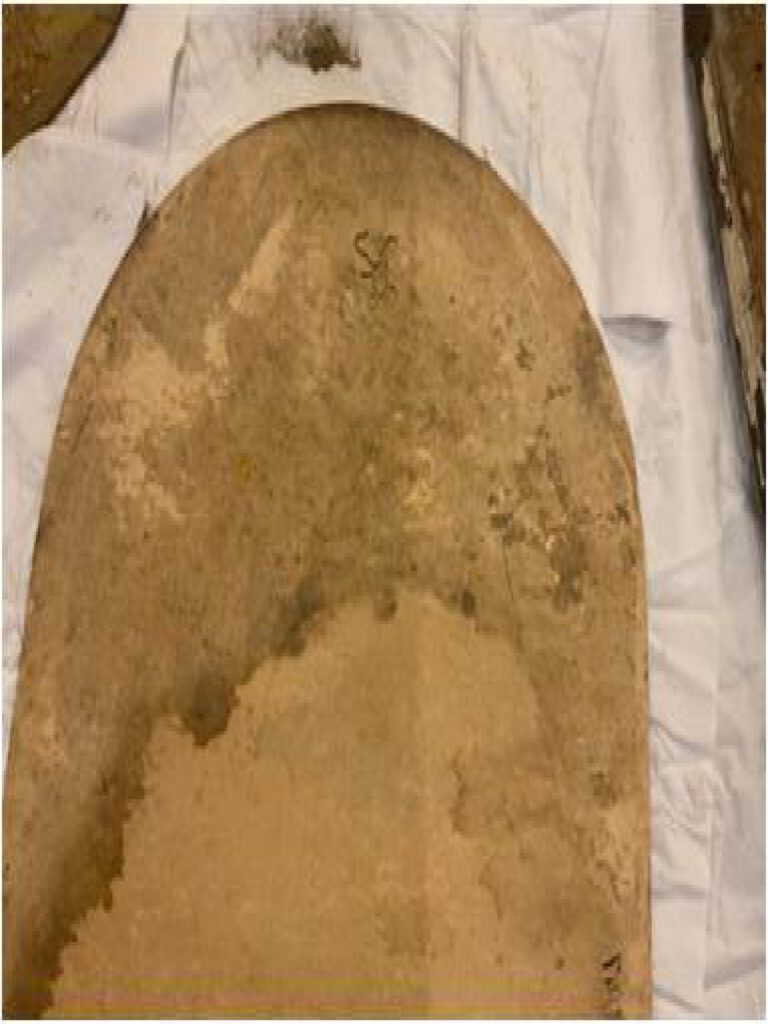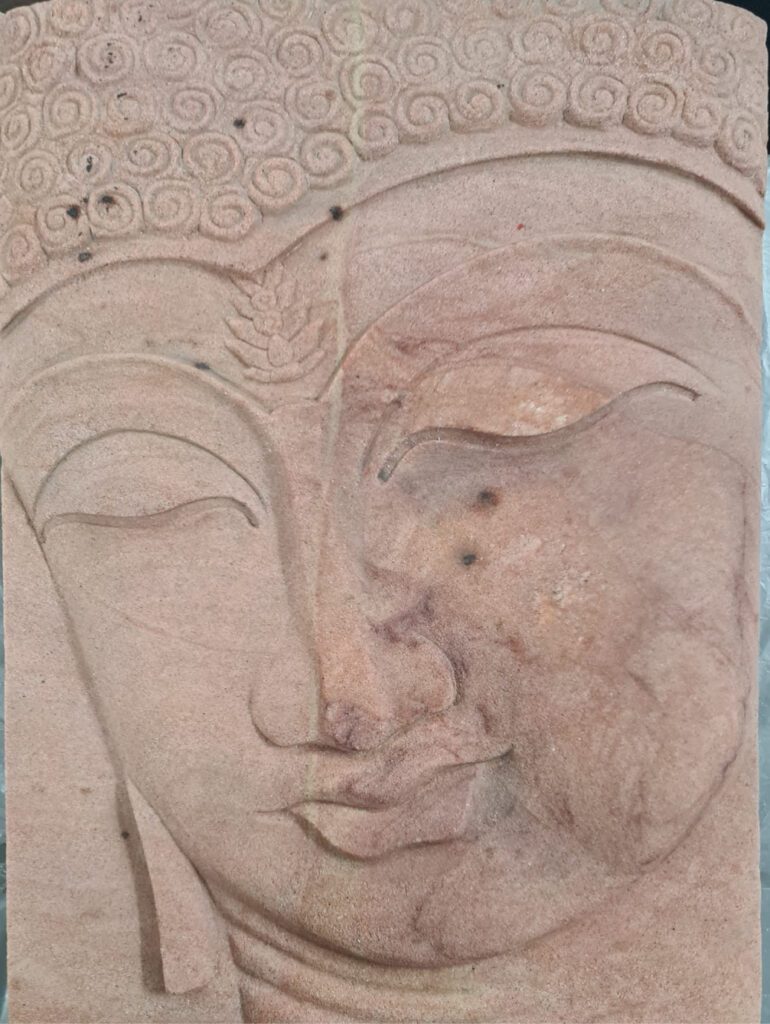Services
Heritage Consulting, Restoration and Execution...
Consulting - Heritage Restoration
Heritage Restoration & Conservation Services
Heritage Restoration & Conservation Services
Restoration as traditionally practiced, focuses its efforts upon returning an object or work of art or a heritage site to its original state, an assumed condition, or an earlier appearance.
In order to obtain these states, conditions, or appearances, often little regard is given to the historic “in-use” alterations and/or changes caused by the passage of time. In other words, restoring an object to its original state often erases the physical historic markers of an object's use by significantly altering physical evidence and original materials. Specifically working with Heritage sites such as Buildings, Monuments, Clock Towers, Domes & Arches.
Restoration as traditionally practiced, focuses its efforts upon returning an object or work of art or a heritage site to its original state, an assumed condition, or an earlier appearance.
In order to obtain these states, conditions, or appearances, often little regard is given to the historic “in-use” alterations and/or changes caused by the passage of time. In other words, restoring an object to its original state often erases the physical historic markers of an object's use by significantly altering physical evidence and original materials. Specifically working with Heritage sites such as Buildings, Monuments, Clock Towers, Domes & Arches.
Available Media for Abrasive Cleaning
Material on which Abrasive Cleaning can be done
Abrasive Cleaning
Abrasive Cleaning
Abrasive is the operation of forcibly propelling a stream of abrasive material with air pressure against a surface. The sandblasting operation is done under high pressure to clean the old paints, dirt, deterioration, contaminants, unwanted material, there is also a technique wherein rough surface is flushed, smooth surfaces are sand blasted to get rough grain effect.
It is important to take opinion of an expert about the object, its porosity and take a decision of what media to be used in abrasive cleaning.
Sand Blasting process
Sandblasting is the process of effectively and powerfully impelling a stream of abrasive material against the surface under high pressure to smooth the rough surface, alter the shape of the body or eradicate rusts, oil, pollution and contaminants of the surface, spontaneously and effectively.
Heritage Micro-blasting & Industrial Sand Blasting
• Surface preparation prior to painting, bonding or other coating operations
• Removal of rust, scale, sand, or paint from fabricated components
• Removal of burrs or edge profiling machined components
• Providing a matte cosmetic surface finish on consumer products
• Removal of mold flash from plastic components
• Surface texturing of tooling, and molds to alter the appearance of molded or stamped products
Materials on which Abrasive can be done:
• Garnet &Aluminum Oxide – both these materials are most common for Shot Blasting,
Abrasive is the operation of forcibly propelling a stream of abrasive material with air pressure against a surface. The sandblasting operation is done under high pressure to clean the old paints, dirt, deterioration, contaminants, unwanted material, there is also a technique wherein rough surface is flushed, smooth surfaces are sand blasted to get rough grain effect.
It is important to take opinion of an expert about the object, its porosity and take a decision of what media to be used in abrasive cleaning.
Sand Blasting process
Sandblasting is the process of effectively and powerfully impelling a stream of abrasive material against the surface under high pressure to smooth the rough surface, alter the shape of the body or eradicate rusts, oil, pollution and contaminants of the surface, spontaneously and effectively.
Heritage Micro-blasting & Industrial Sand Blasting
• Surface preparation prior to painting, bonding or other coating operations
• Removal of rust, scale, sand, or paint from fabricated components
• Removal of burrs or edge profiling machined components
• Providing a matte cosmetic surface finish on consumer products
• Removal of mold flash from plastic components
• Surface texturing of tooling, and molds to alter the appearance of molded or stamped products
Materials on which Abrasive can be done:
• Garnet &Aluminum Oxide – both these materials are most common for Shot Blasting,
Landscape
Landscaping is basically design and planning gardens, planting, care and maintenance of public and private utilities areas. Our team of landscape design consultants and third party experts make complete study of the soil, water level and tropics of the locality and accordingly suggest a GREEN CARPET plan.
Projects team builds viability of the same in terms of effective use, execution and client’s budget and then the file goes for final approval.
Landscaping and Illumination are loosely coupled though highly cohesive in nature, in most cases it is interdependent and hence,
Projects team builds viability of the same in terms of effective use, execution and client’s budget and then the file goes for final approval.
Landscaping and Illumination are loosely coupled though highly cohesive in nature, in most cases it is interdependent and hence,
Art Conservation
Restoration of art and historic cultural artifacts has evolved and developed into the profession of art conservation. Conservation of art and cultural property is an interdisciplinary approach which incorporates art, historic research, scientific analysis, and material science to document, stabilize, and preserve historic artifacts. Art conservation focuses on the stabilization and preservation of an object using preventative measures to inhibit on-going or future deterioration of the object or its components.
This is accomplished by selecting methods and materials that, to the best of current knowledge, do not adversely affect the historic or artistic object’s original materials. Ideally, conservation treatments will not impede future examination or scientific analysis nor adversely impact future treatments or functionality of the object.
Museum quality art Conservation & Restoration
We believe that our role as art conservators goes beyond the mere restoration of artworks:
It is an act of trust given to us to bring back to light the creativity of an artist, as well as the unique character and significance of their work of art.
Our Art Conservators have a deep understanding of art restoration and conservation techniques.
This is accomplished by selecting methods and materials that, to the best of current knowledge, do not adversely affect the historic or artistic object’s original materials. Ideally, conservation treatments will not impede future examination or scientific analysis nor adversely impact future treatments or functionality of the object.
Museum quality art Conservation & Restoration
We believe that our role as art conservators goes beyond the mere restoration of artworks:
It is an act of trust given to us to bring back to light the creativity of an artist, as well as the unique character and significance of their work of art.
Our Art Conservators have a deep understanding of art restoration and conservation techniques.

